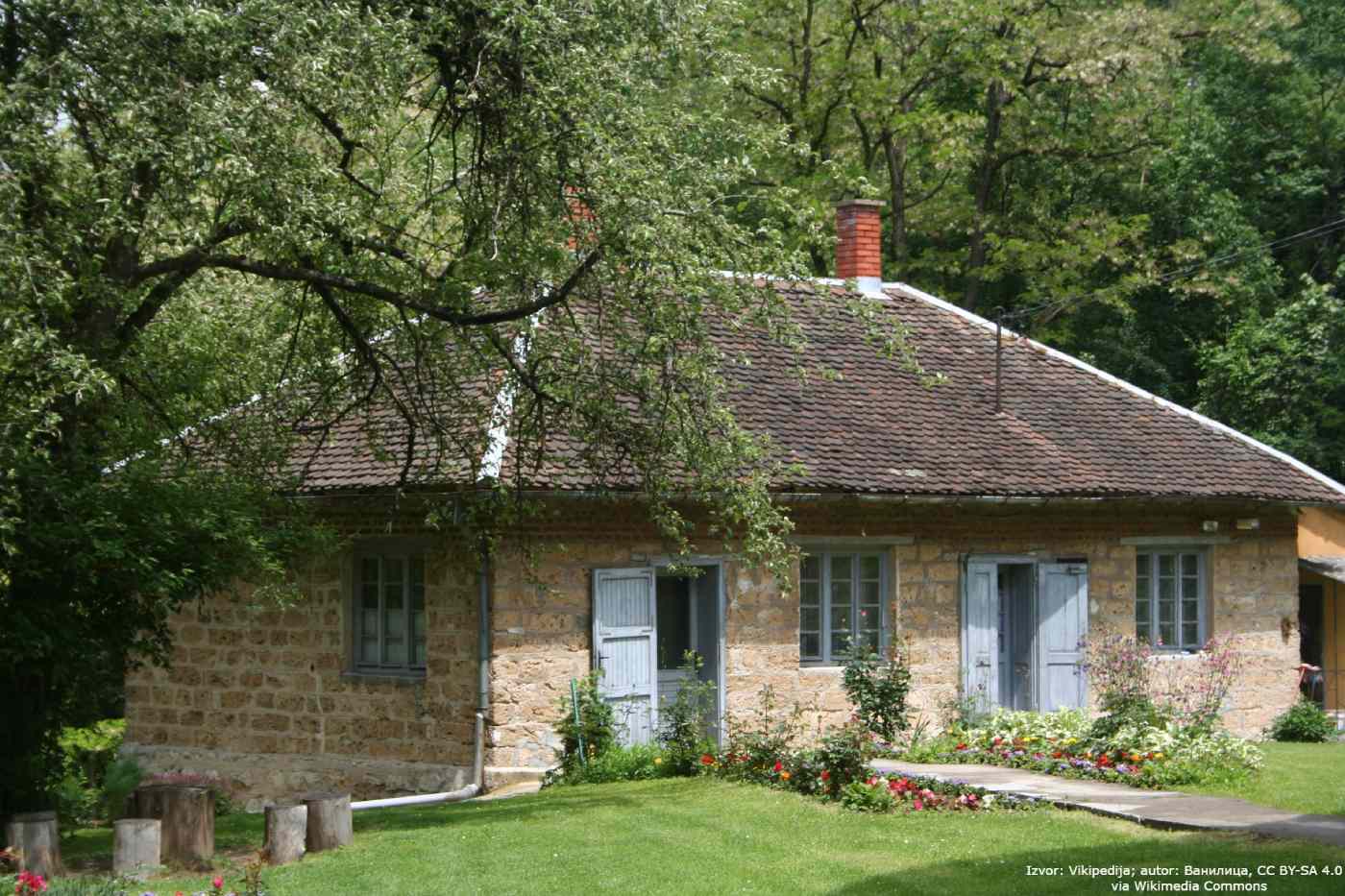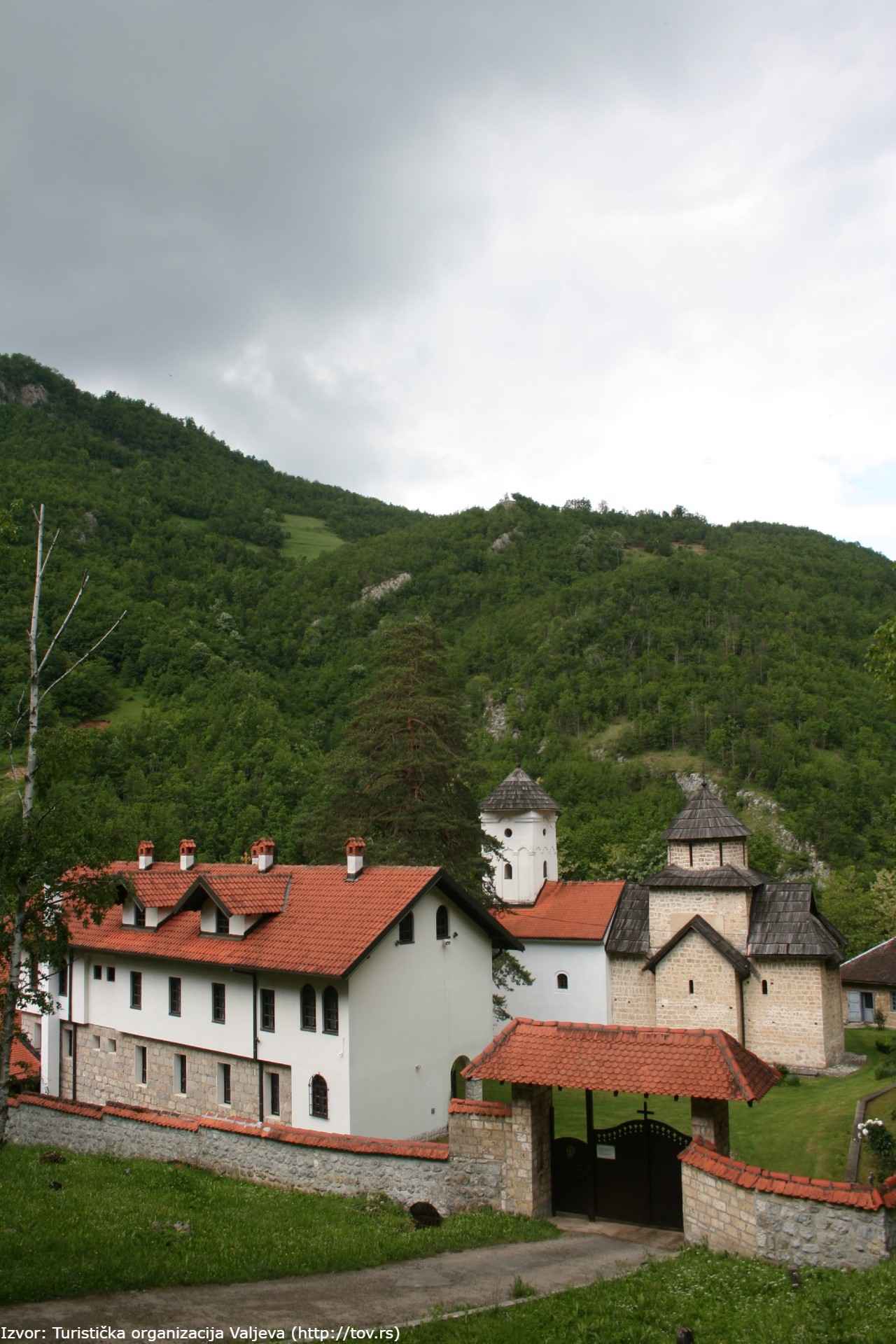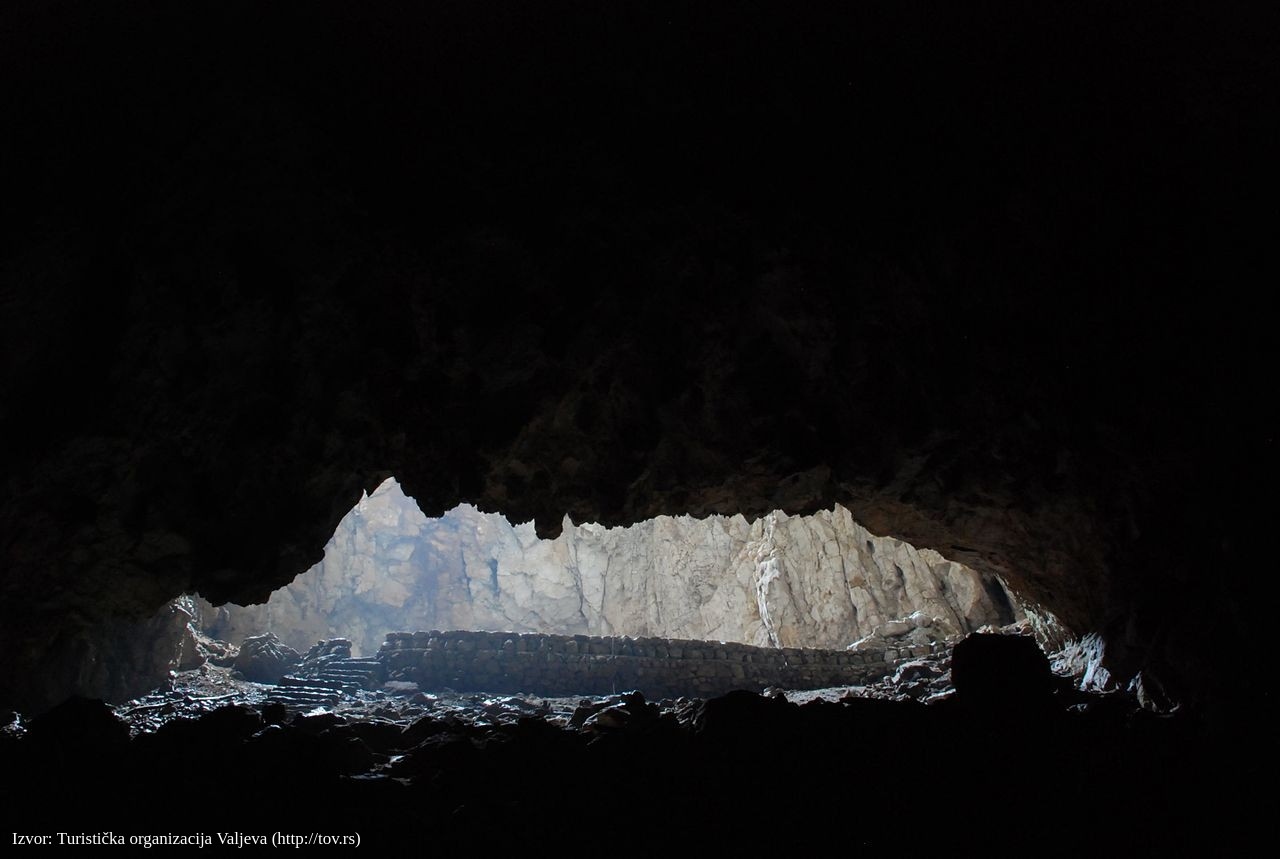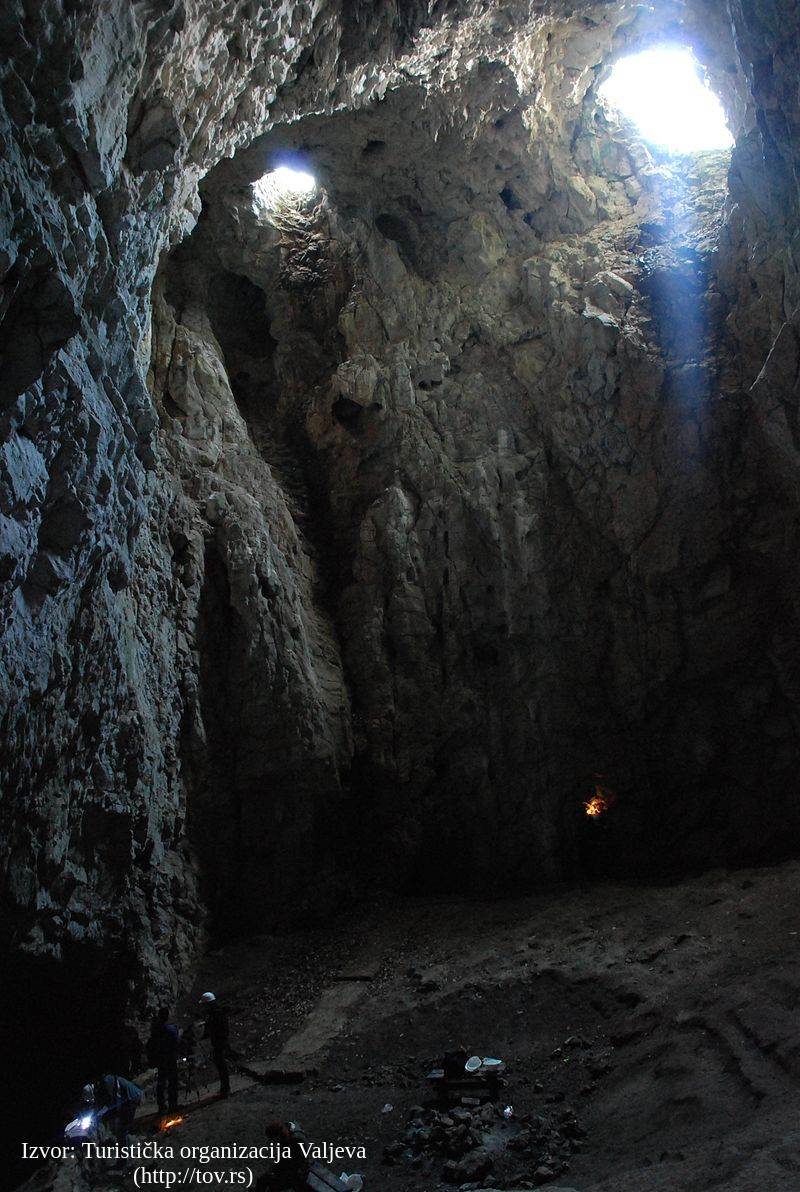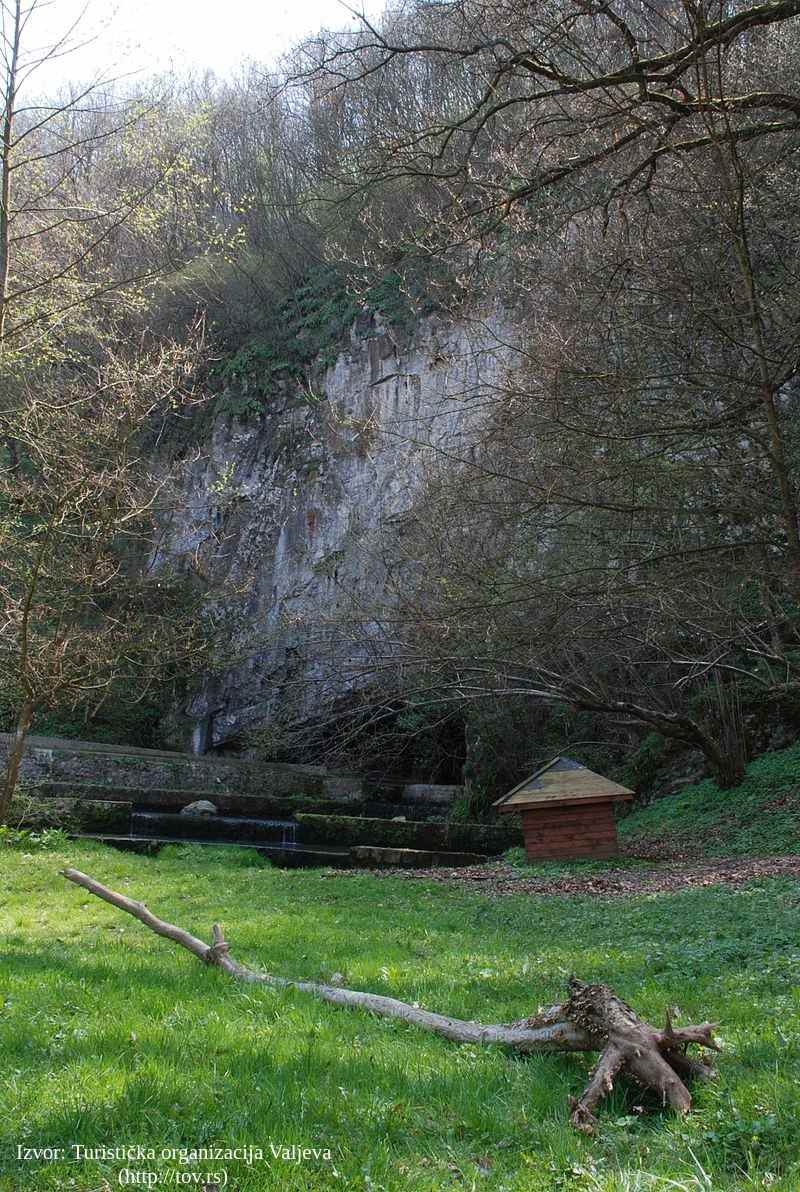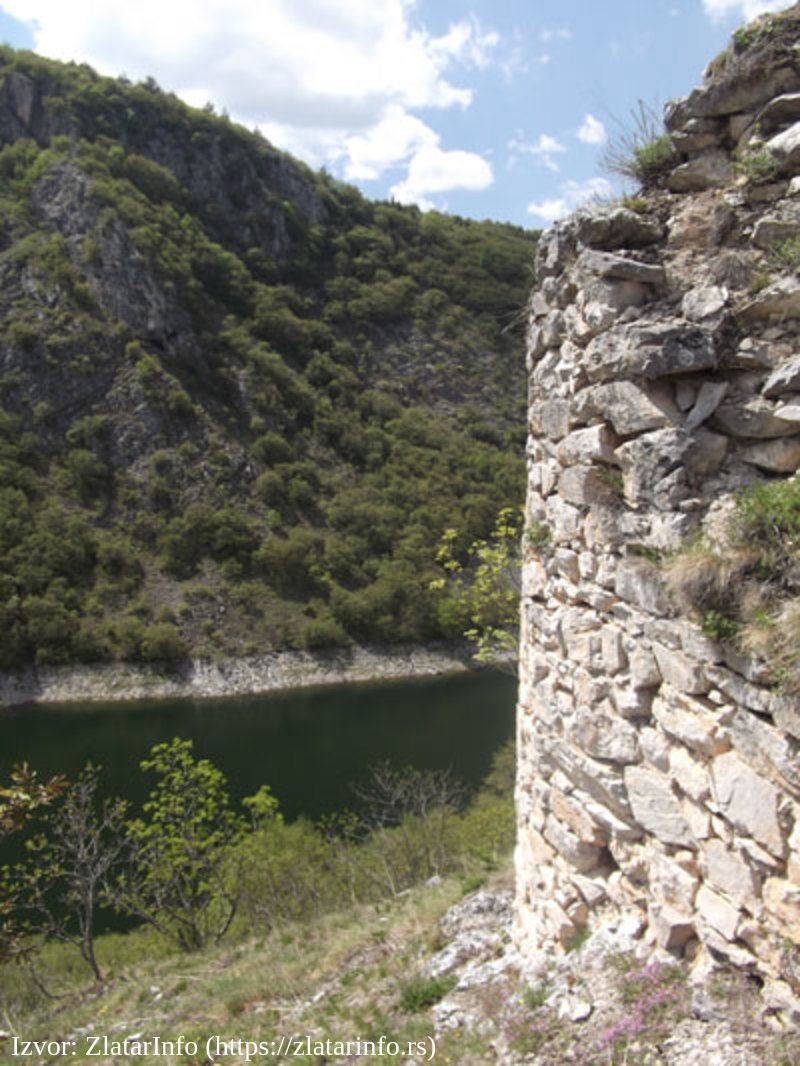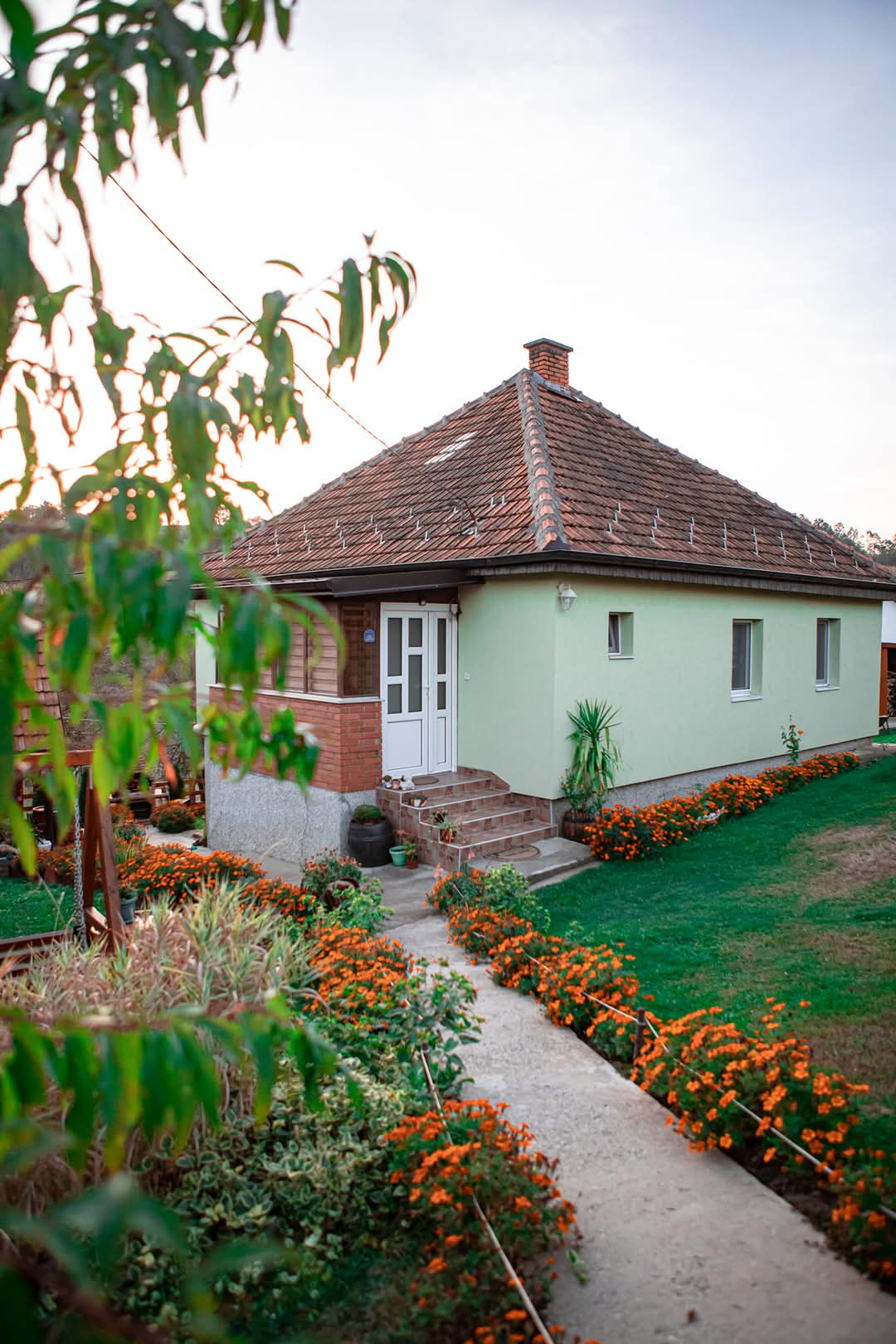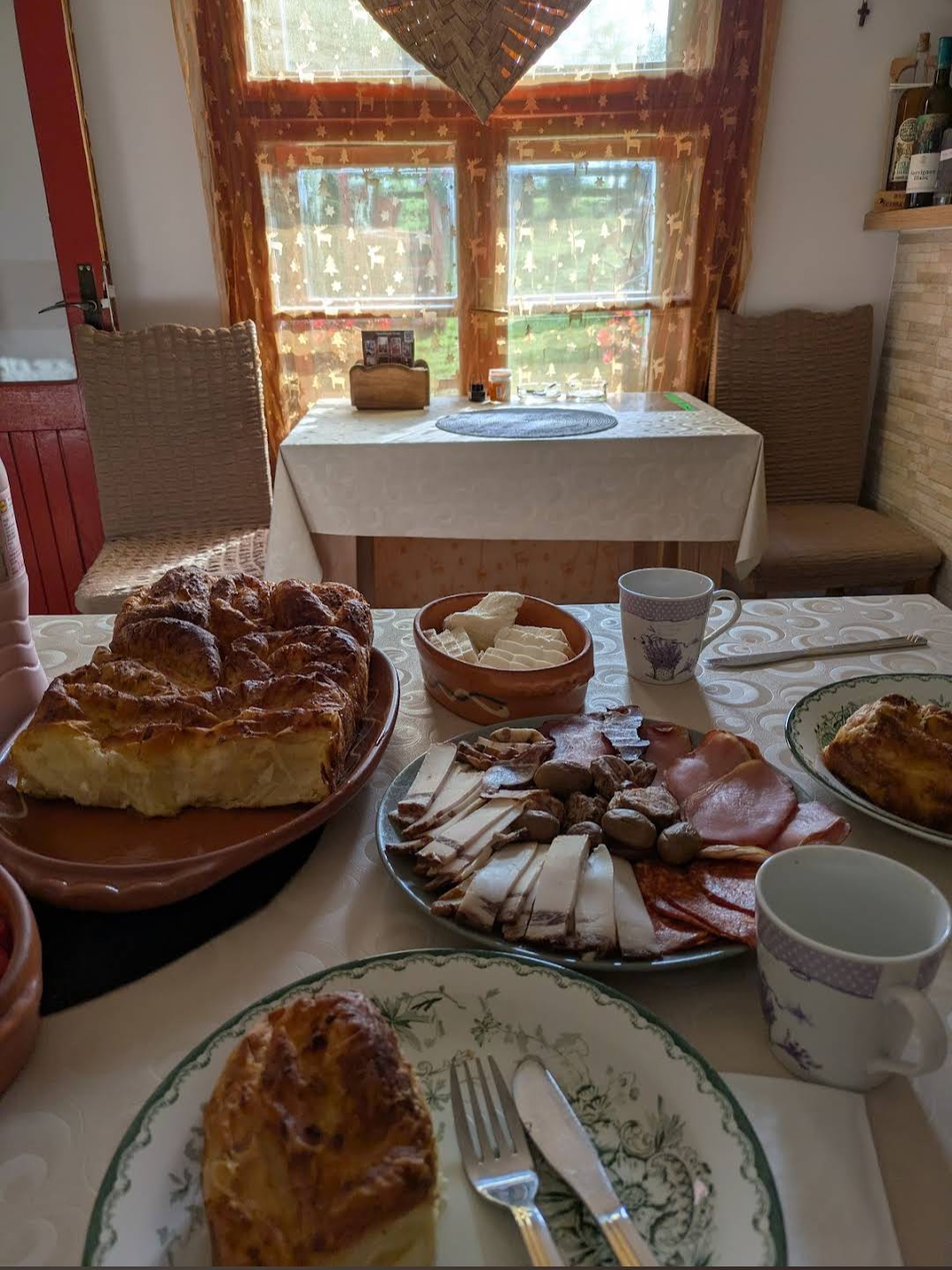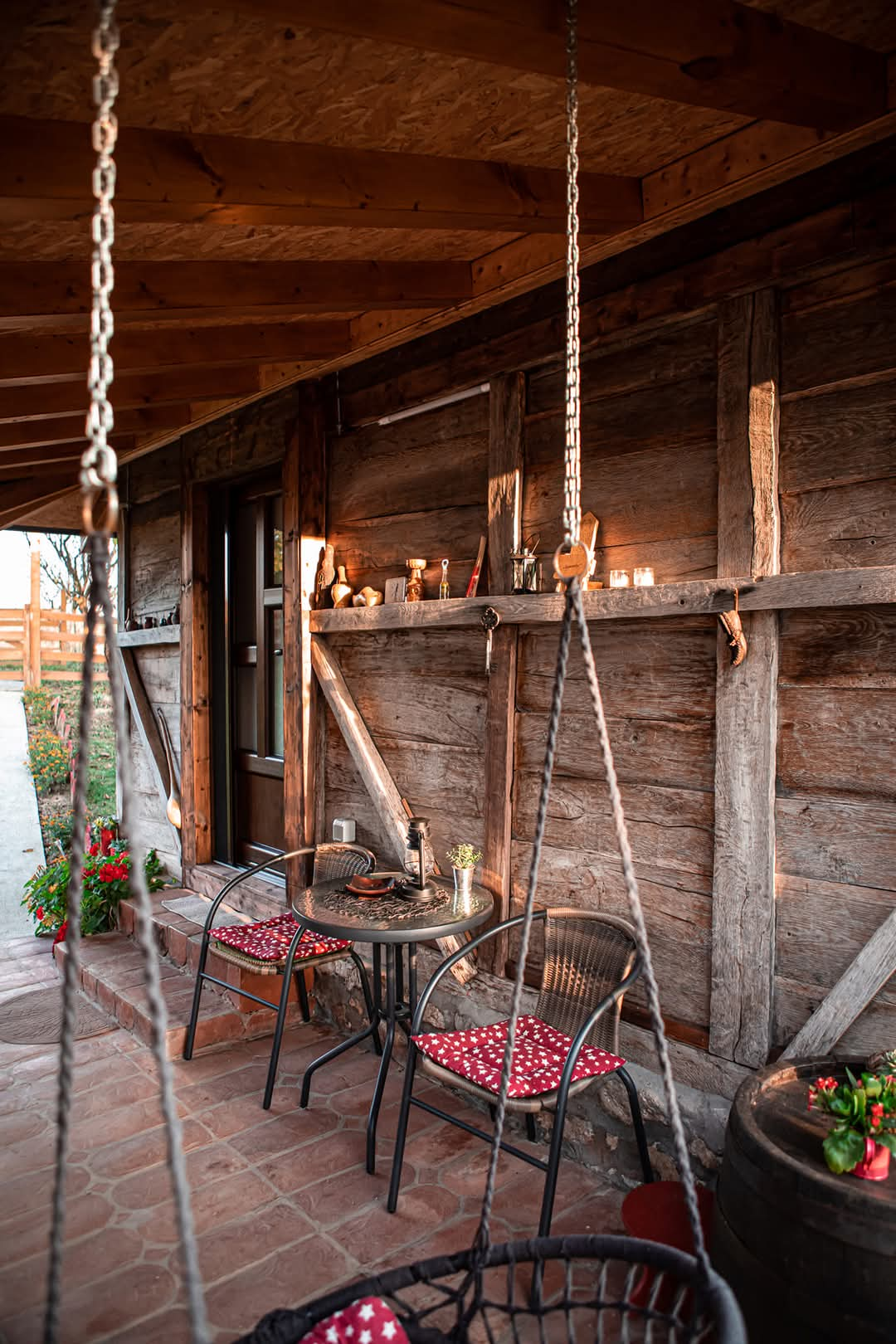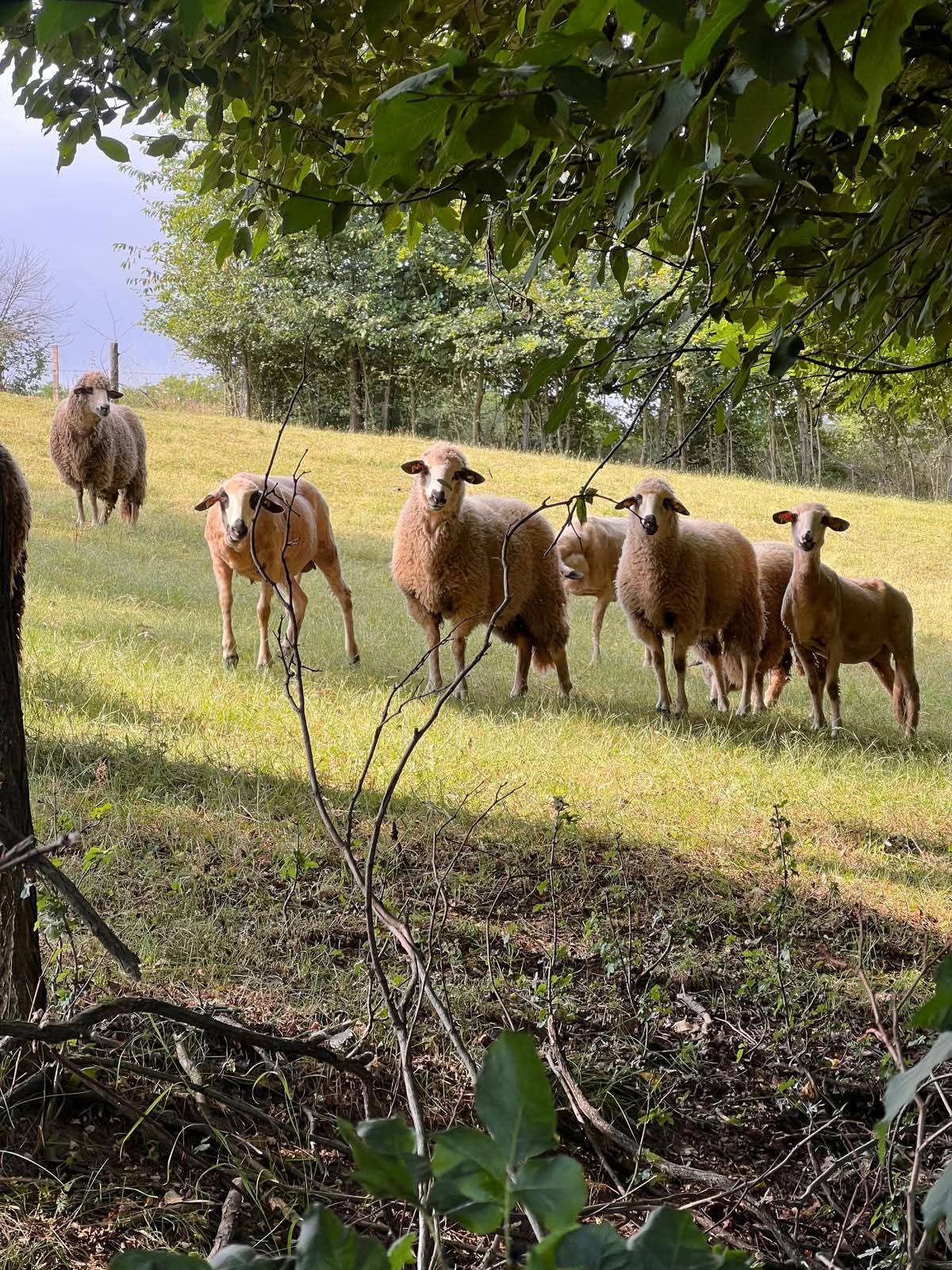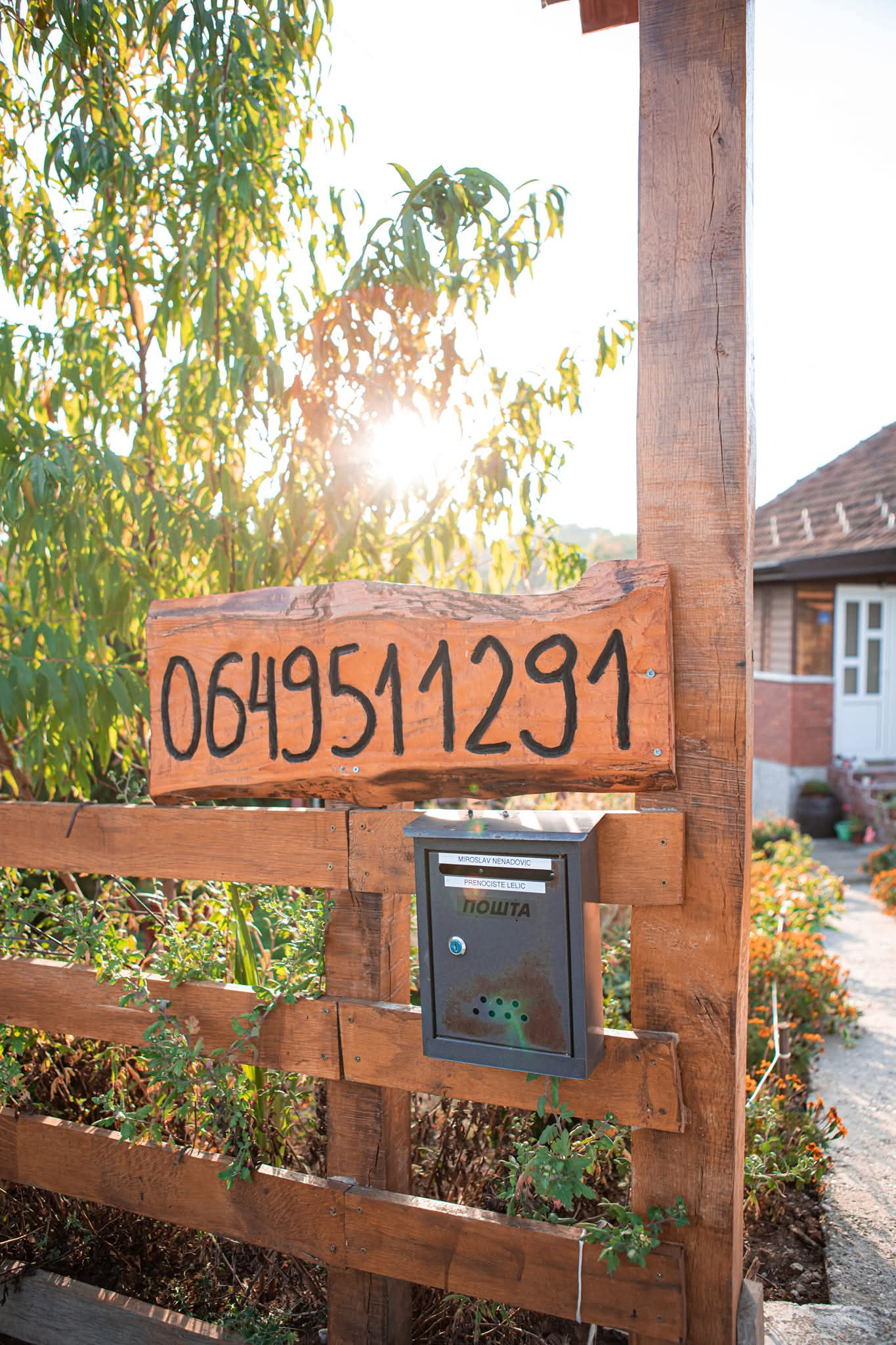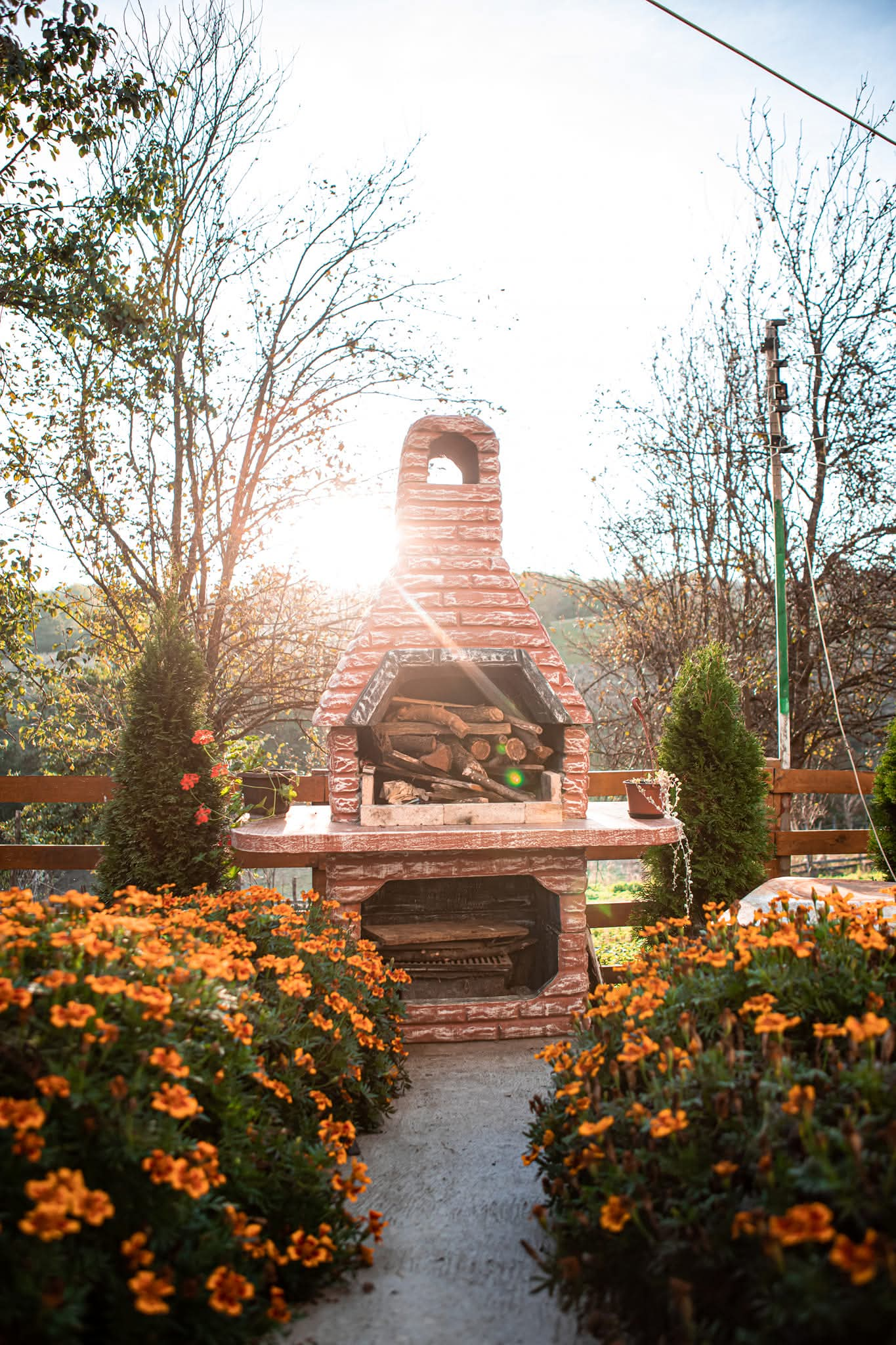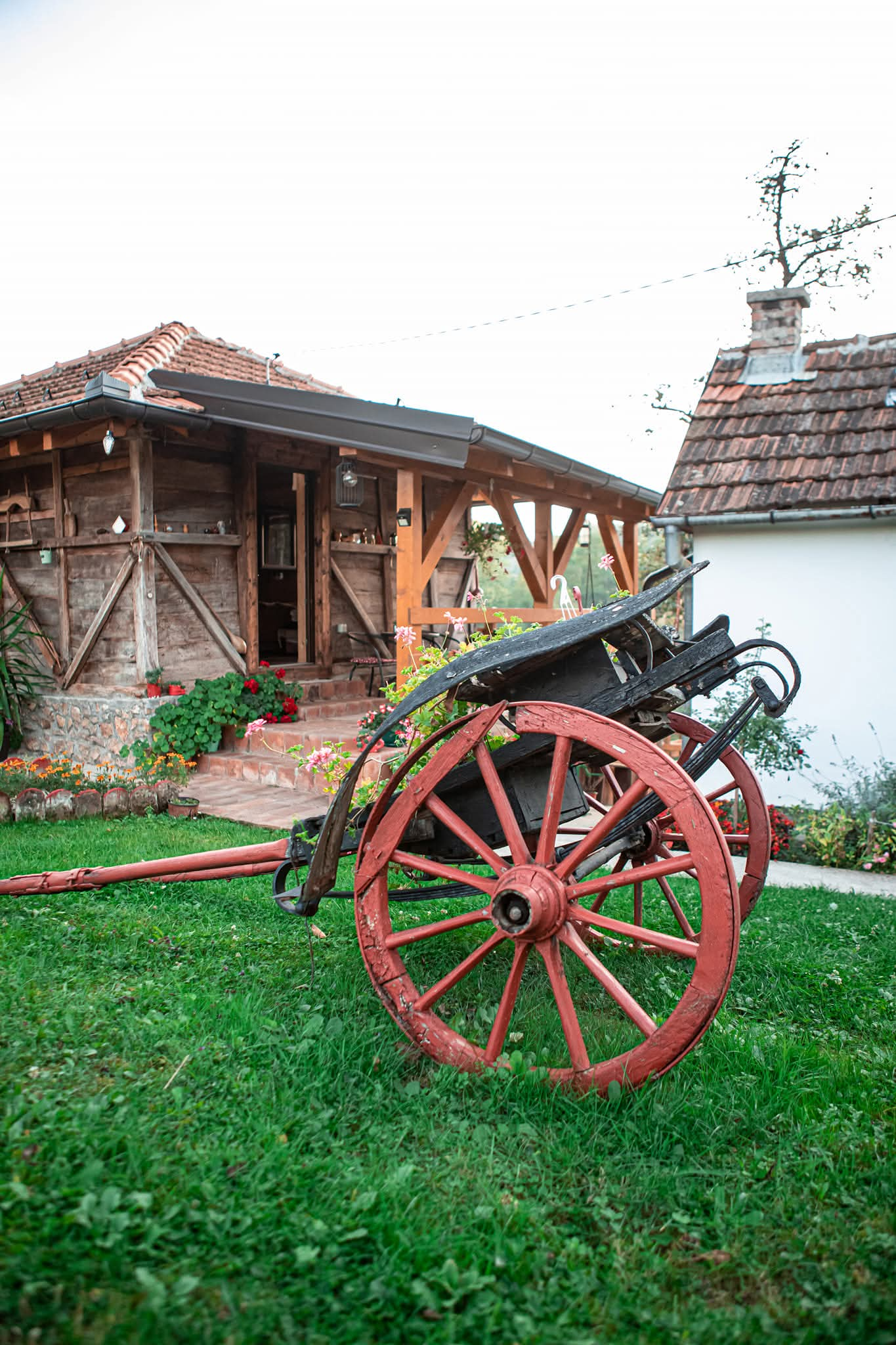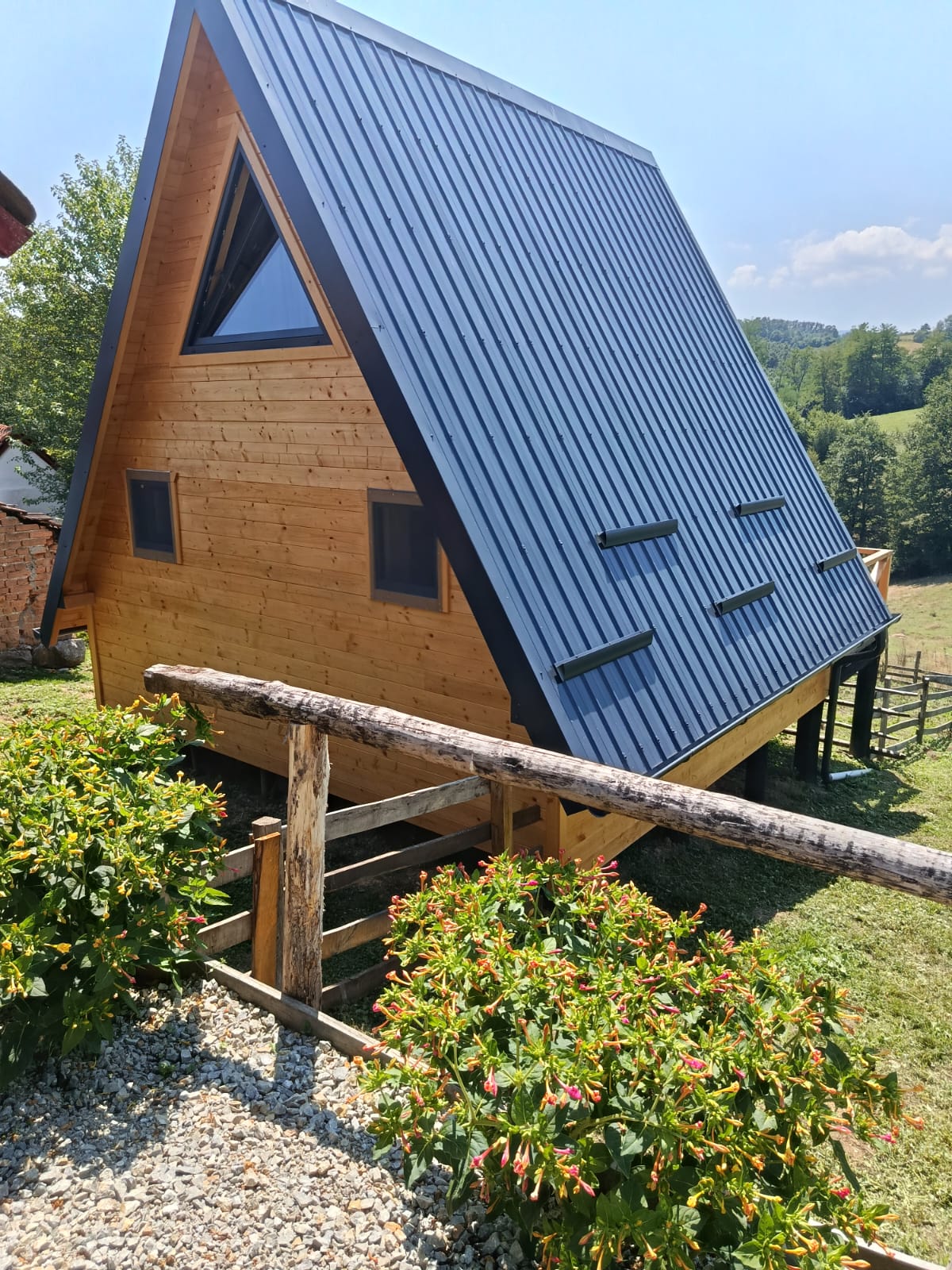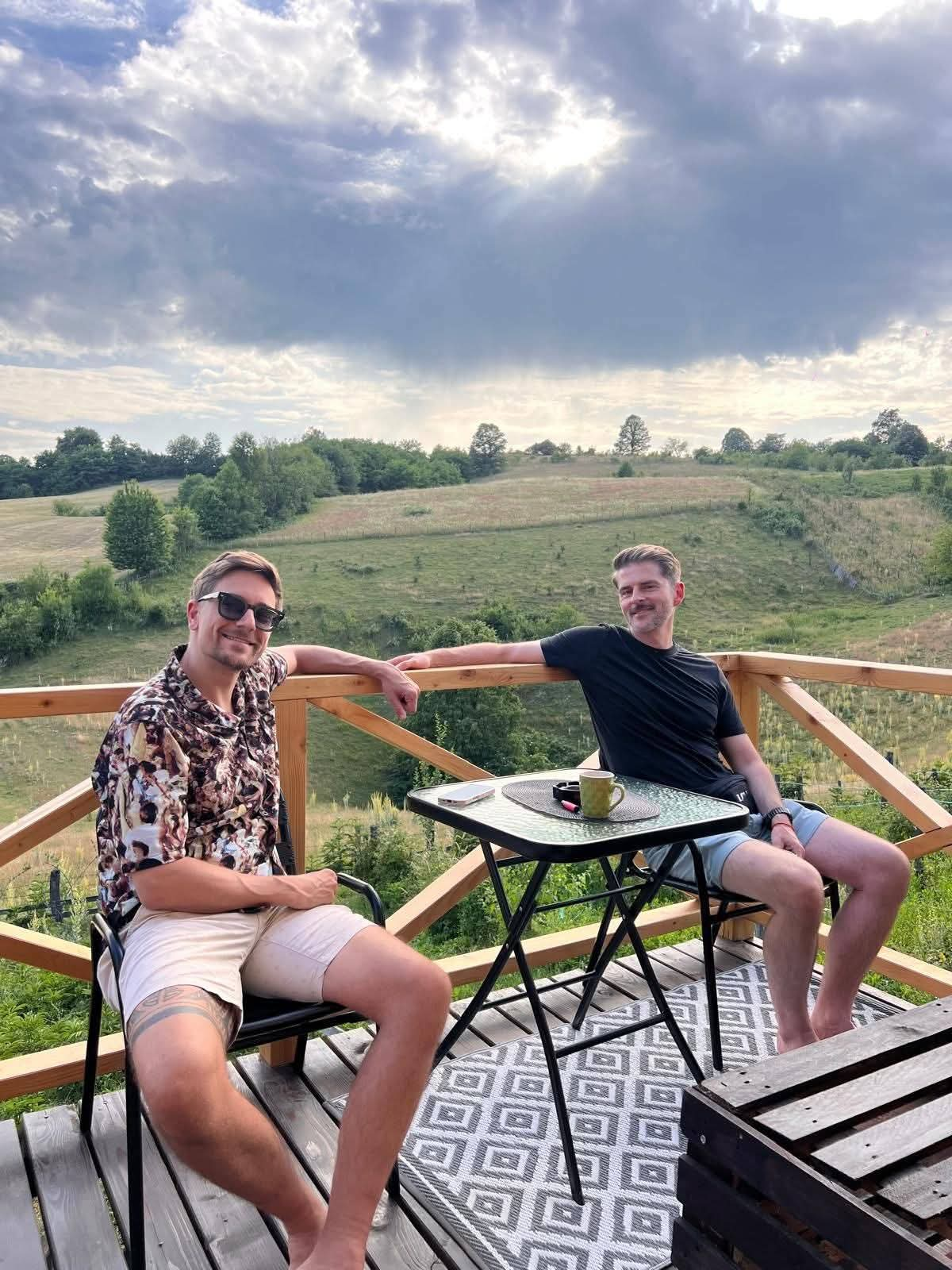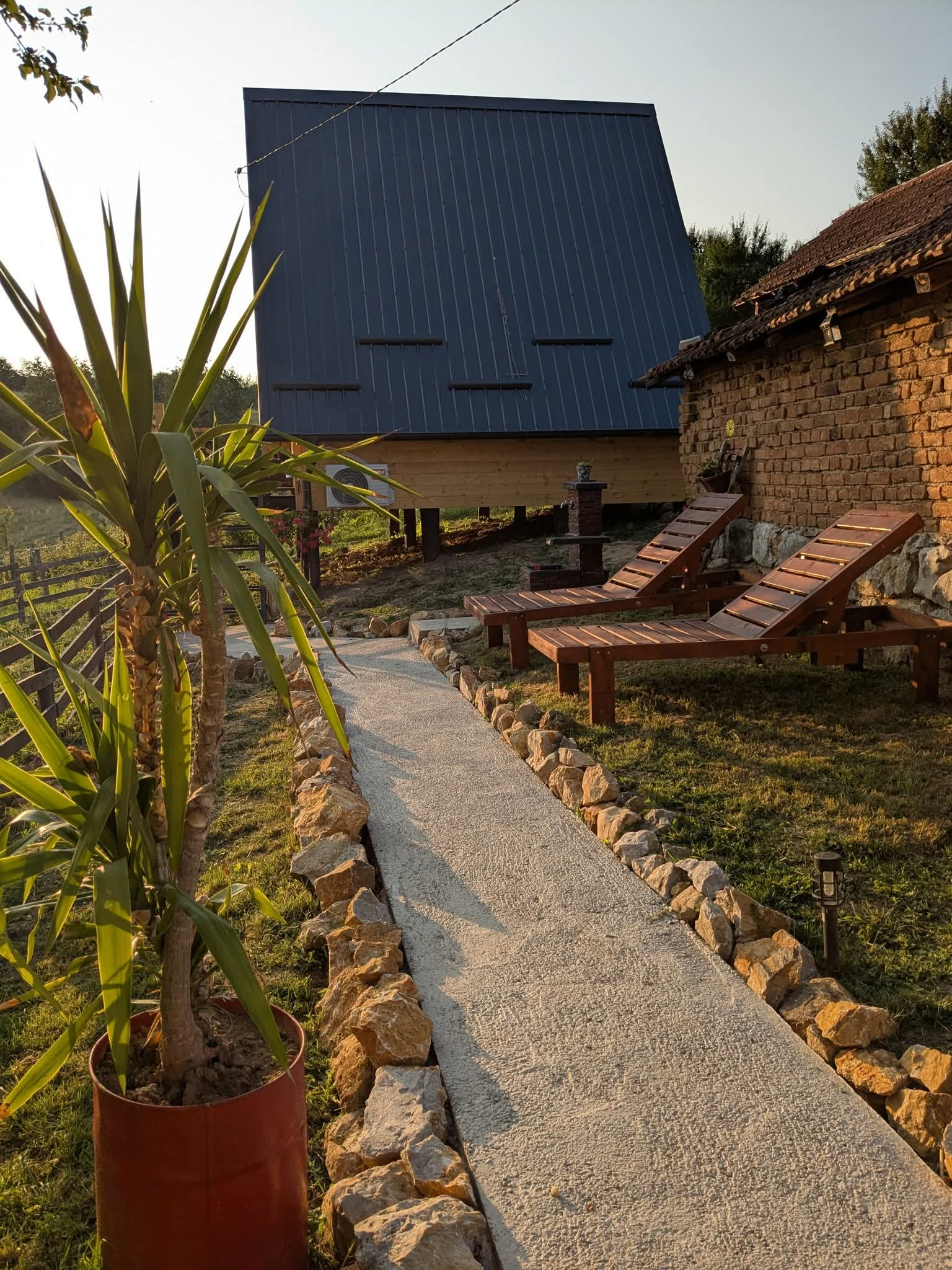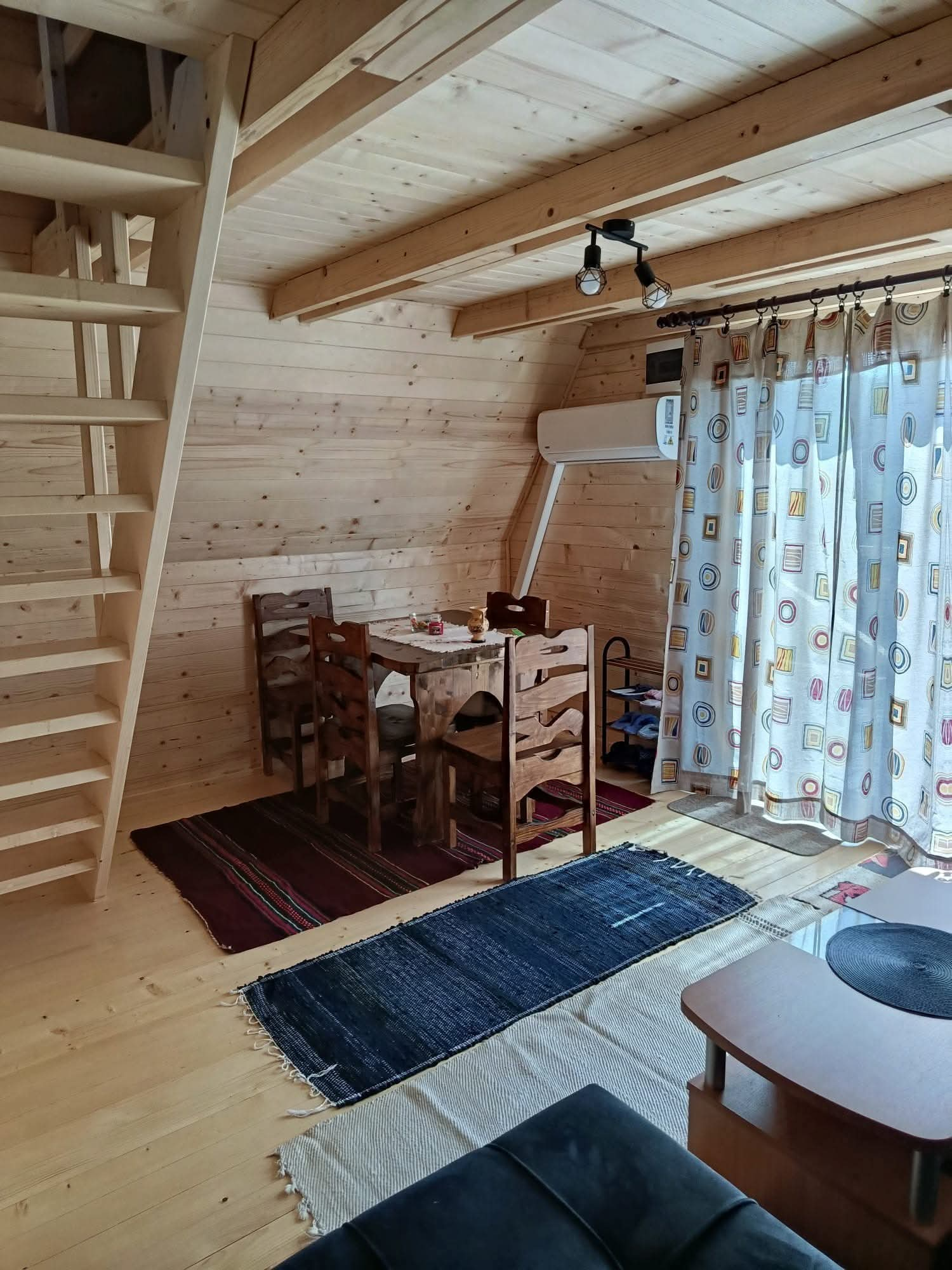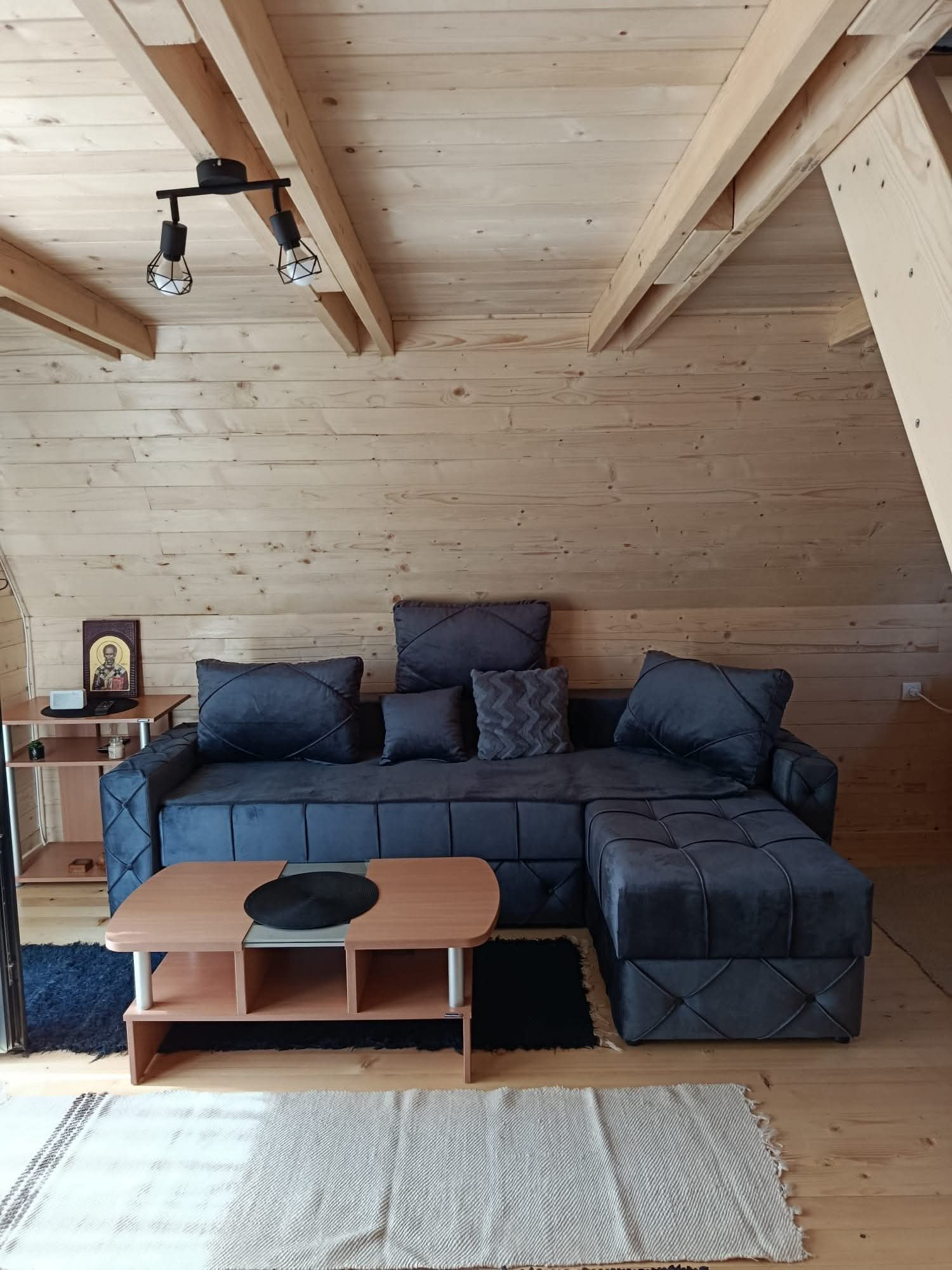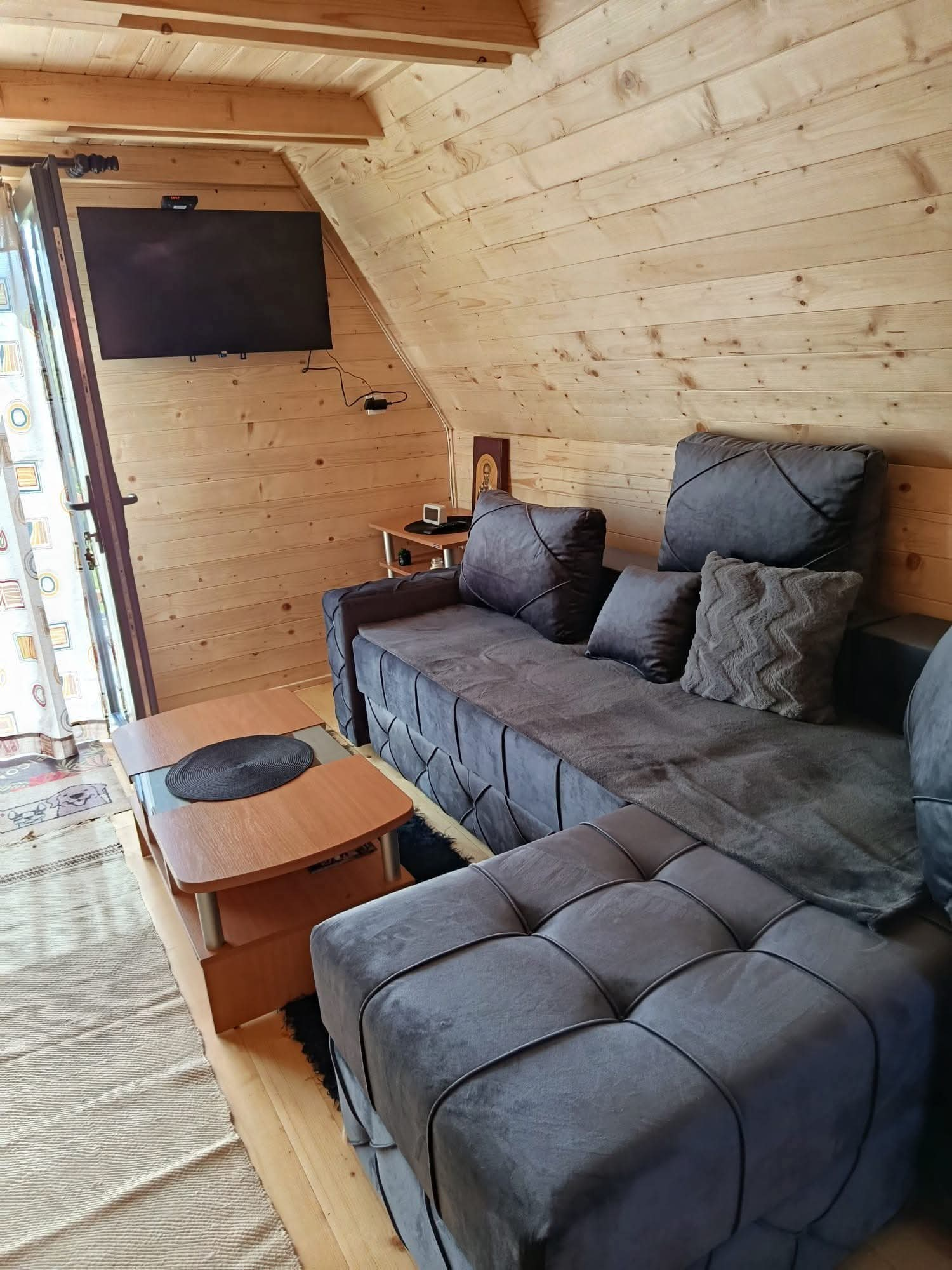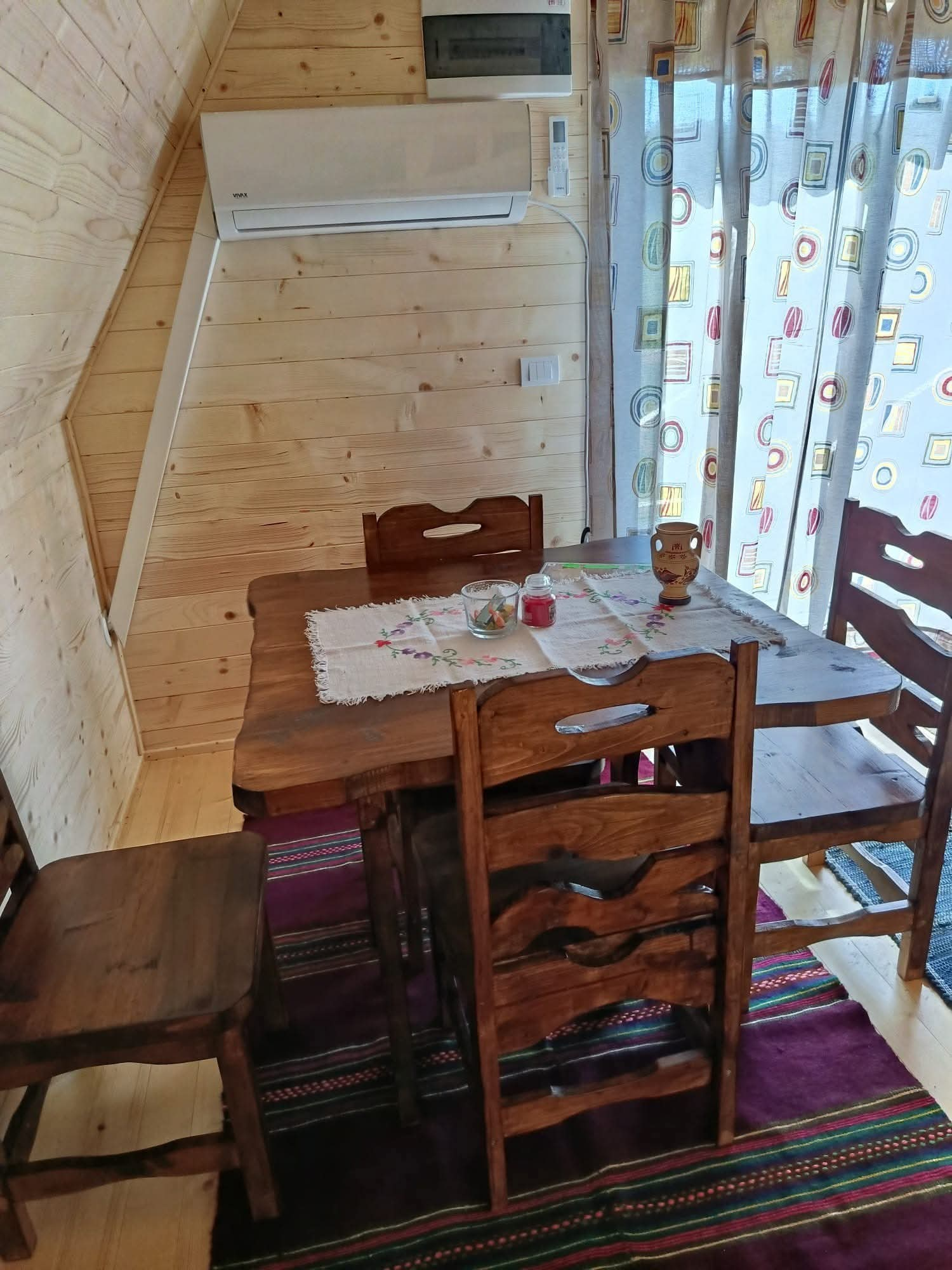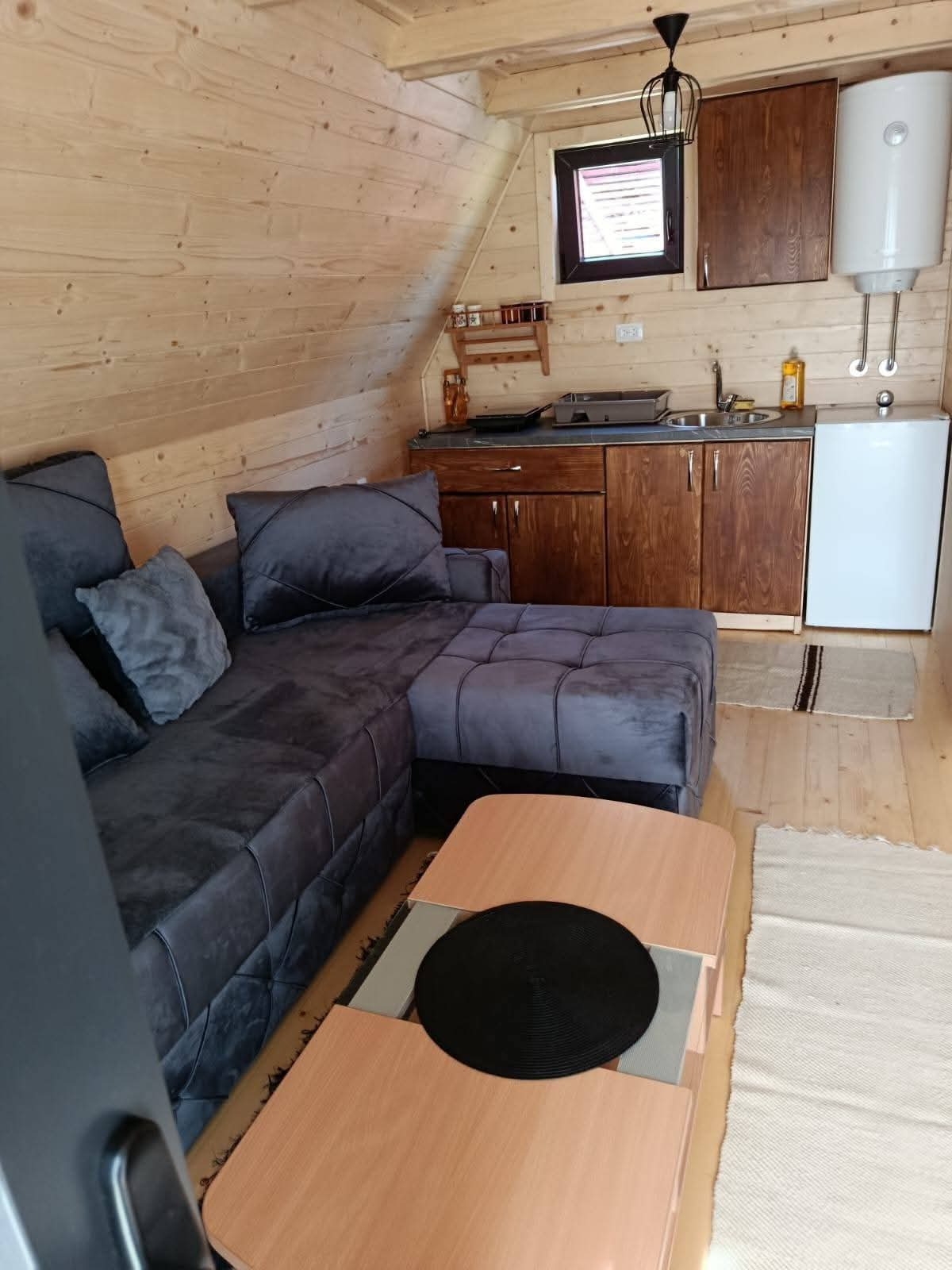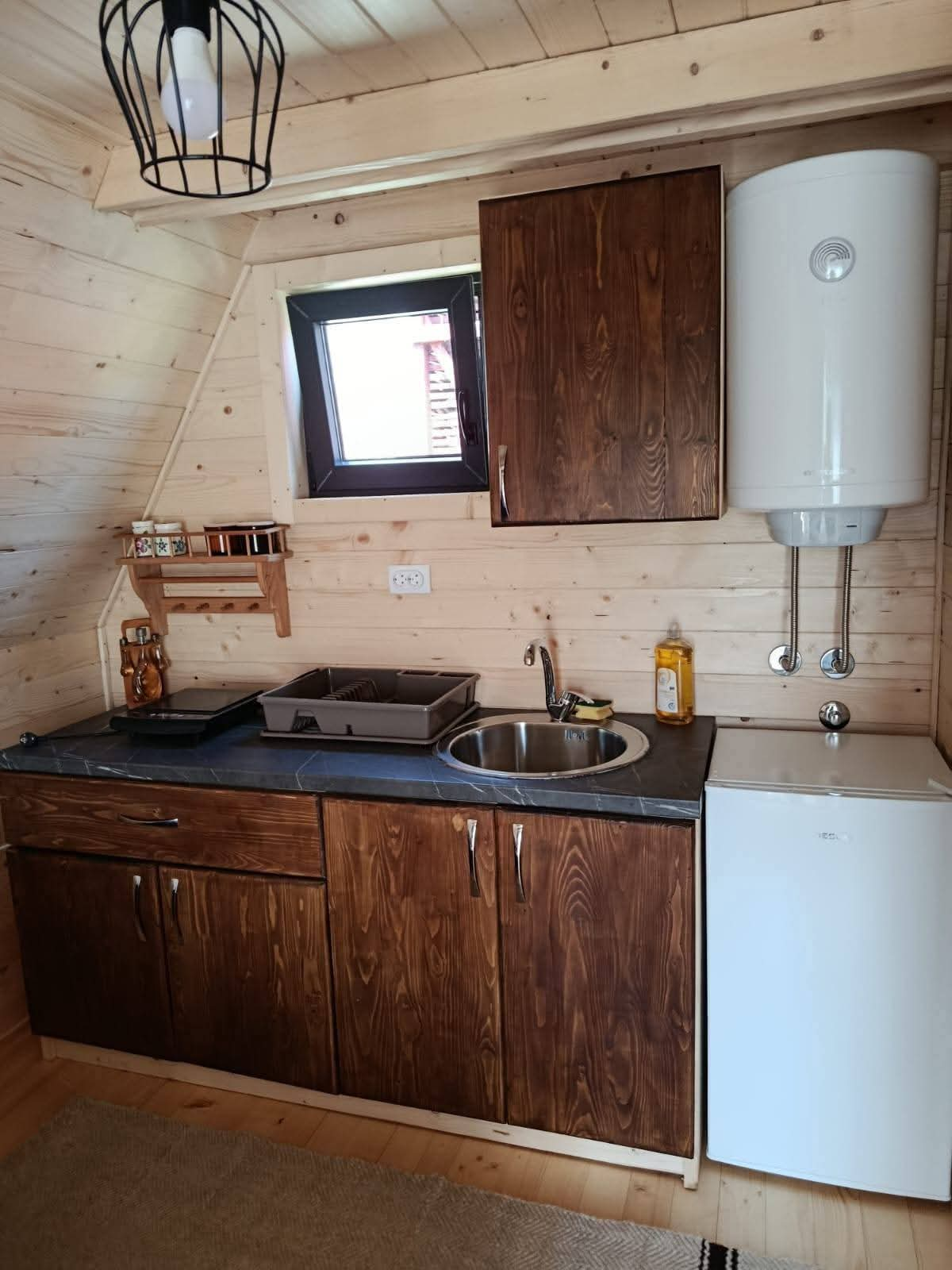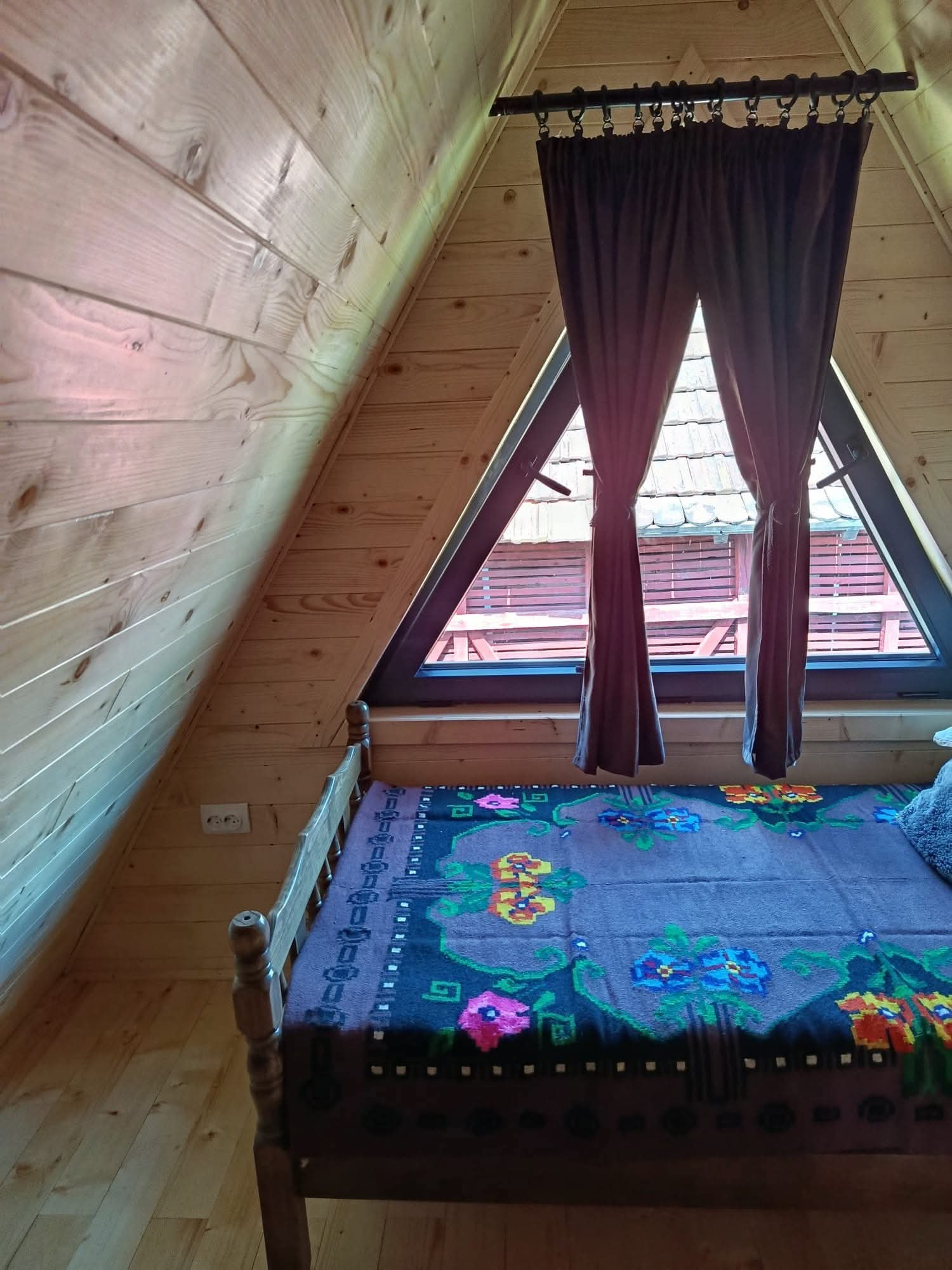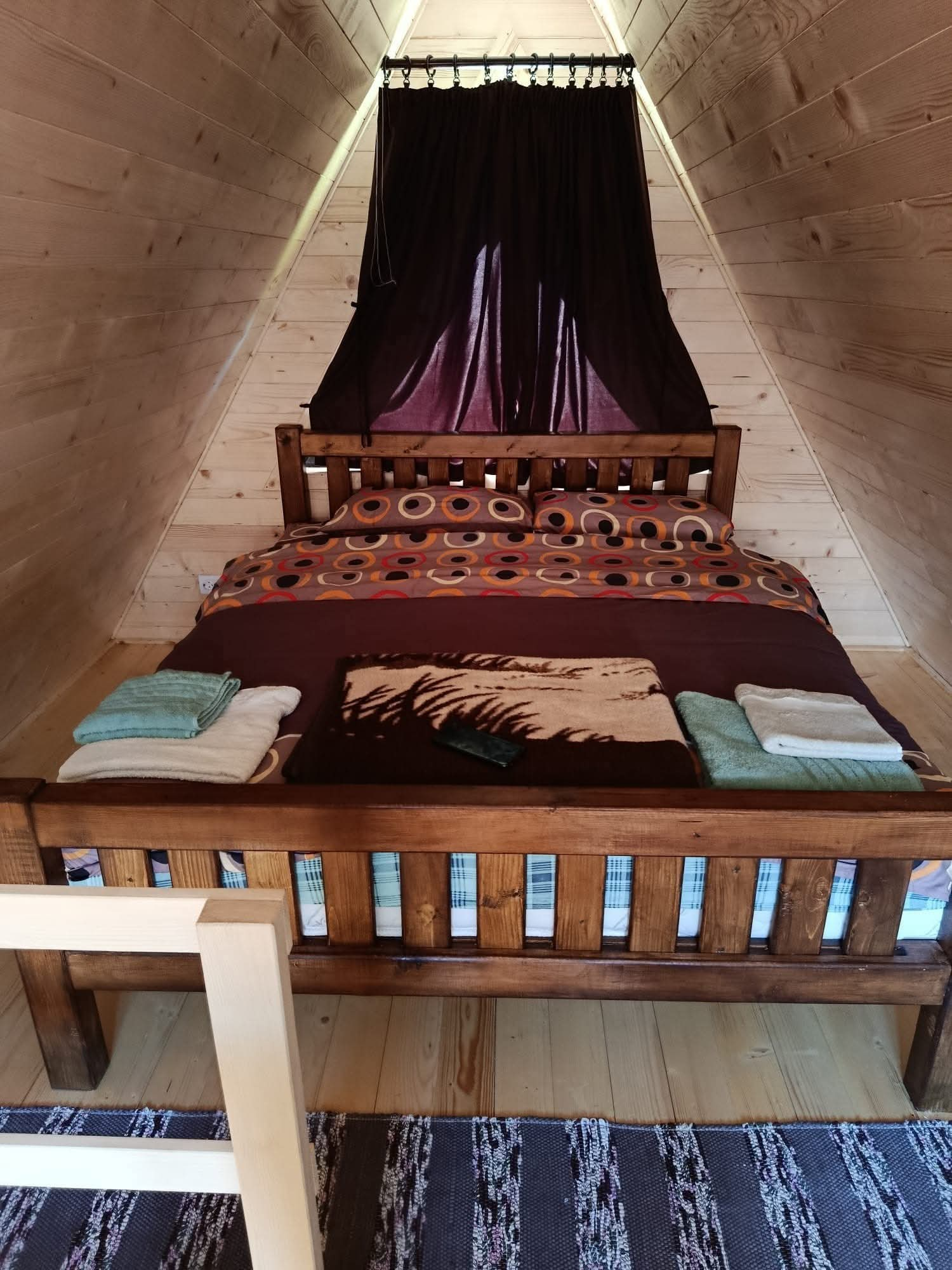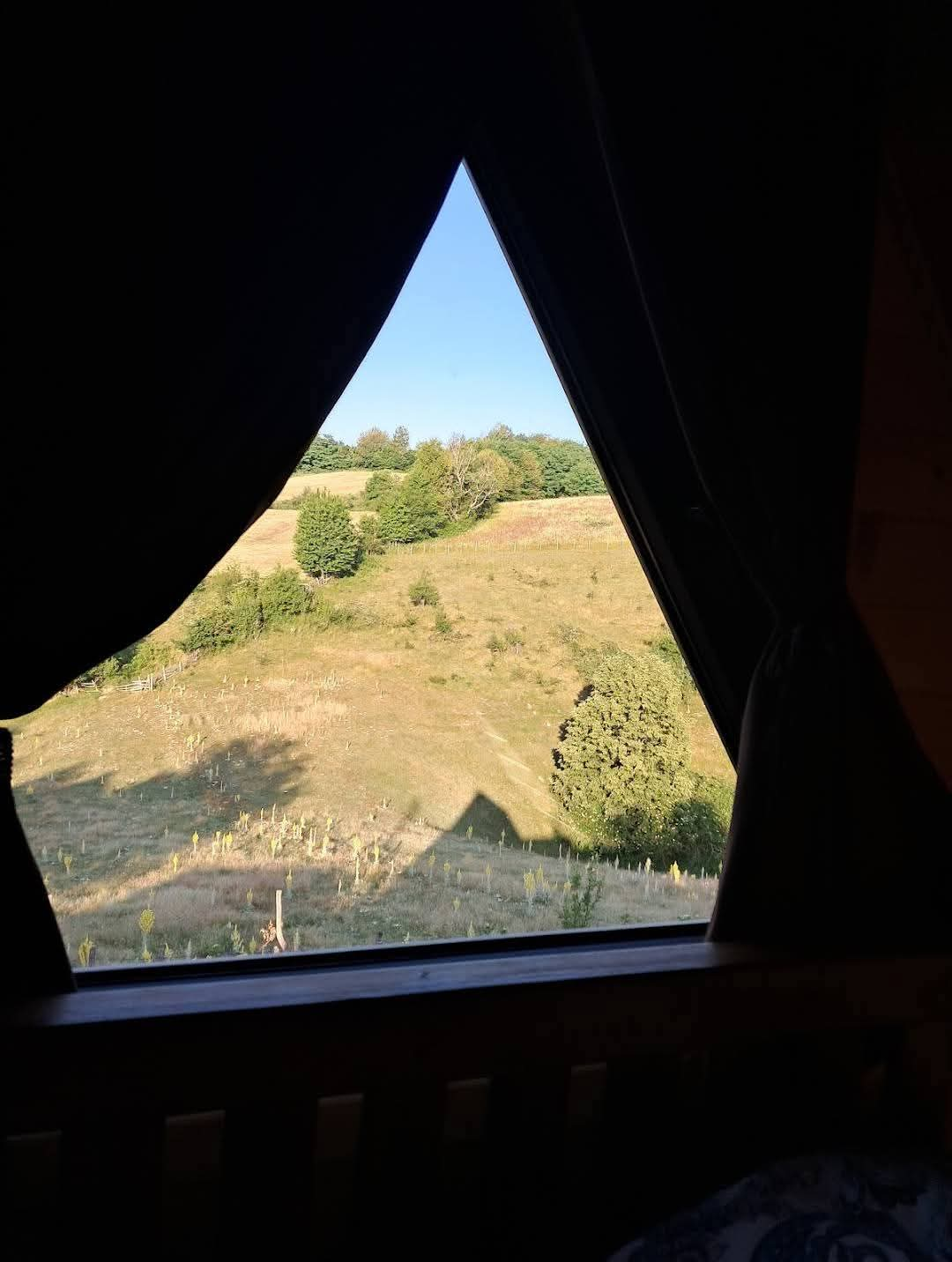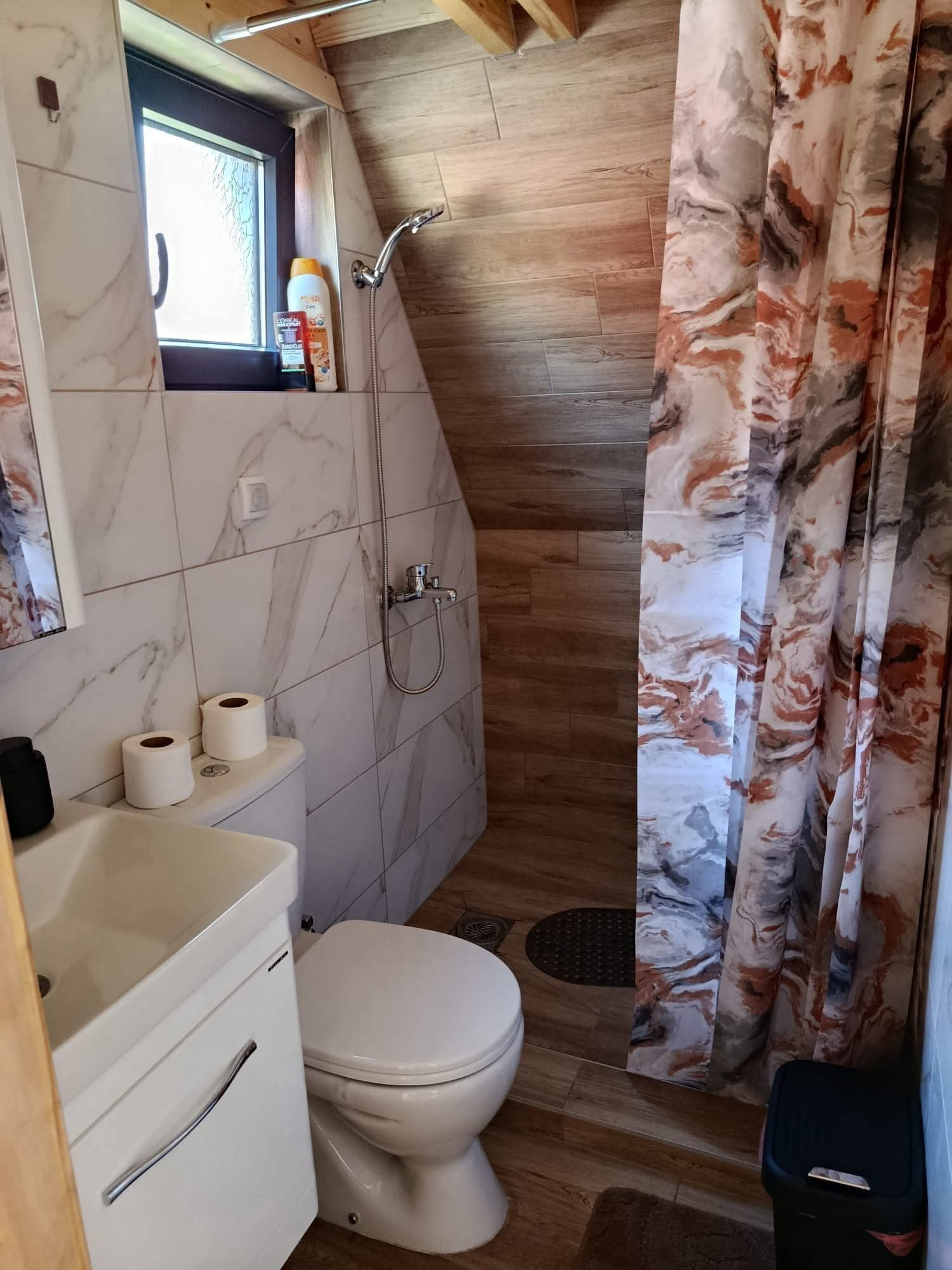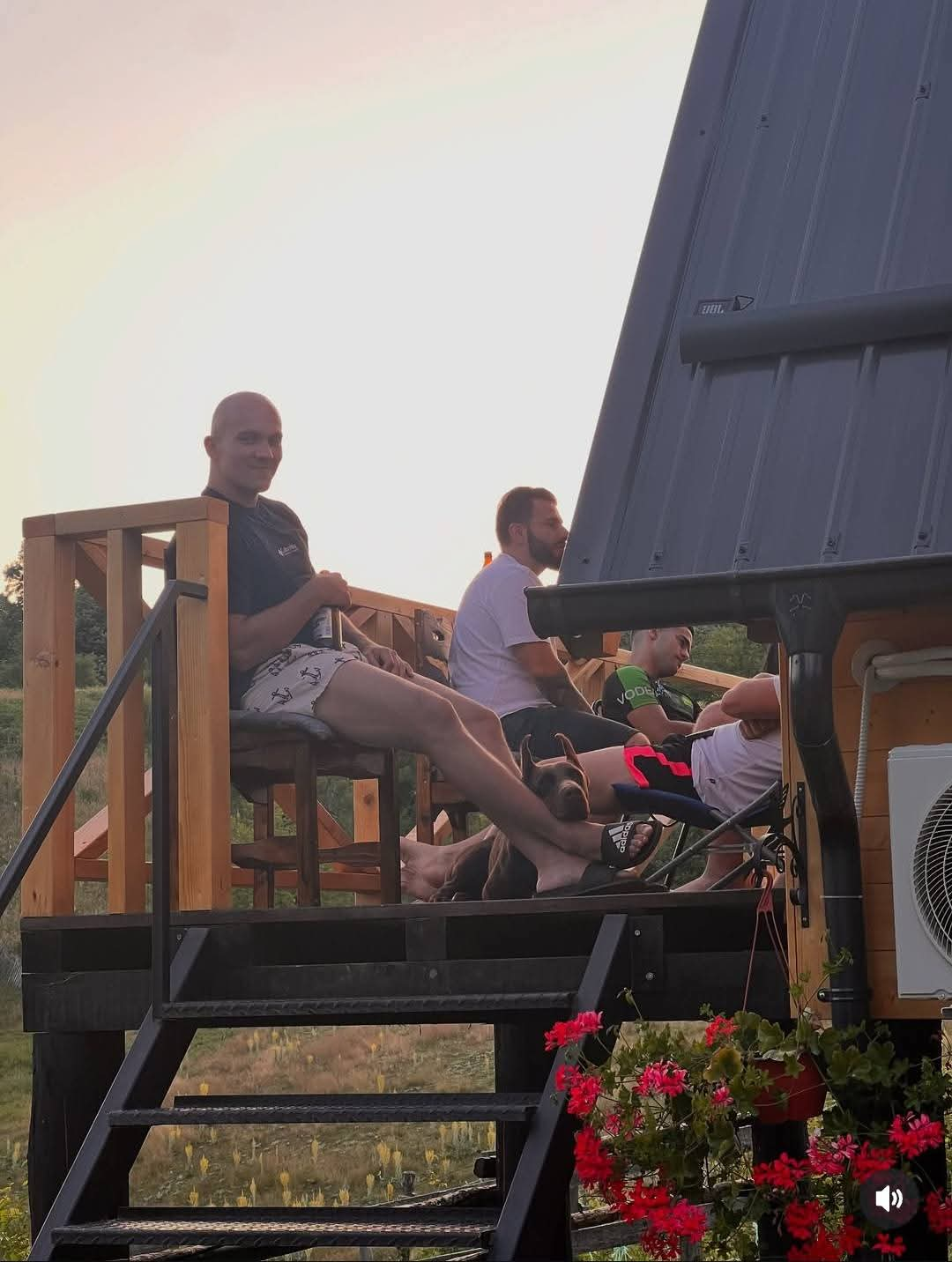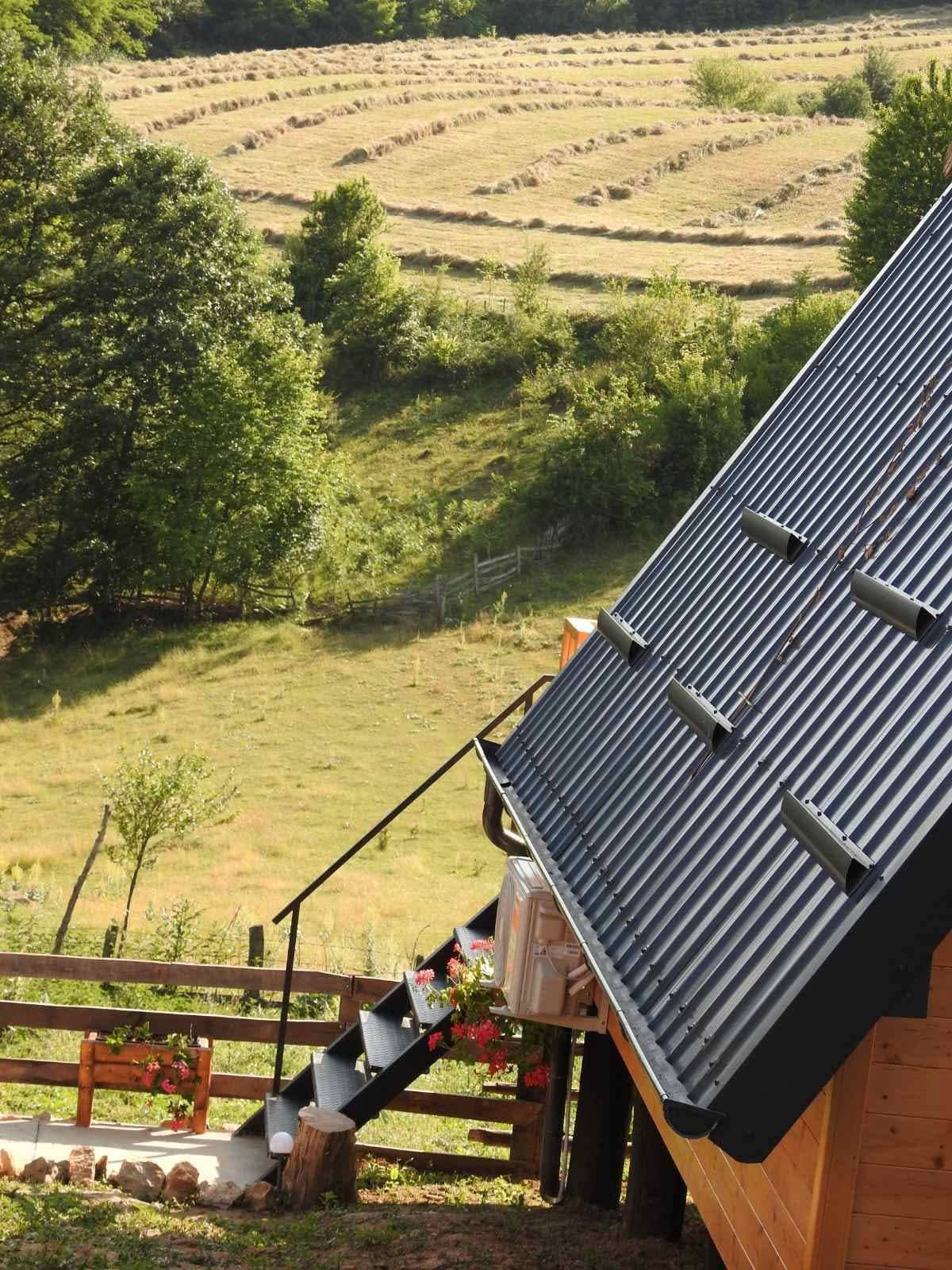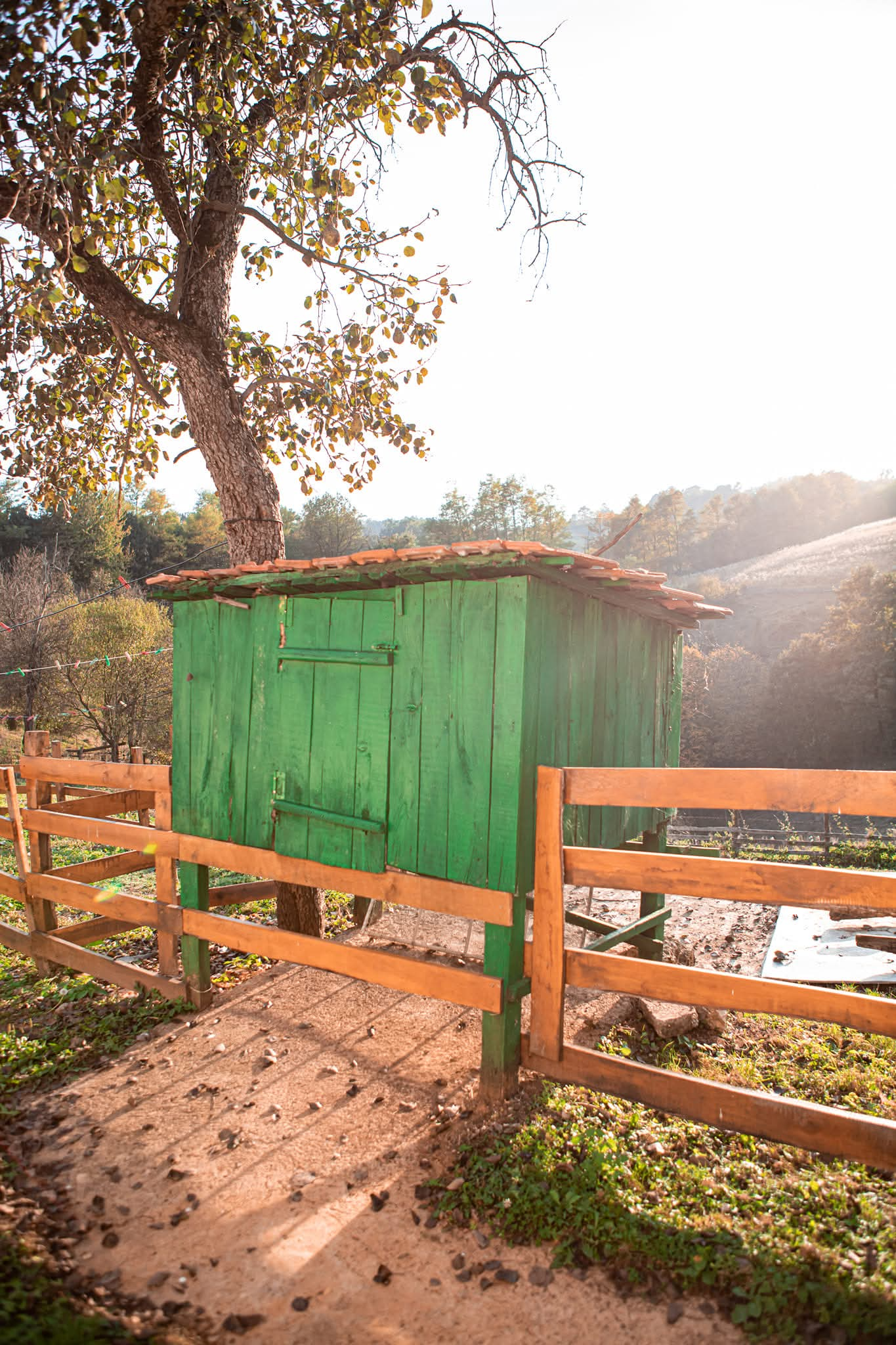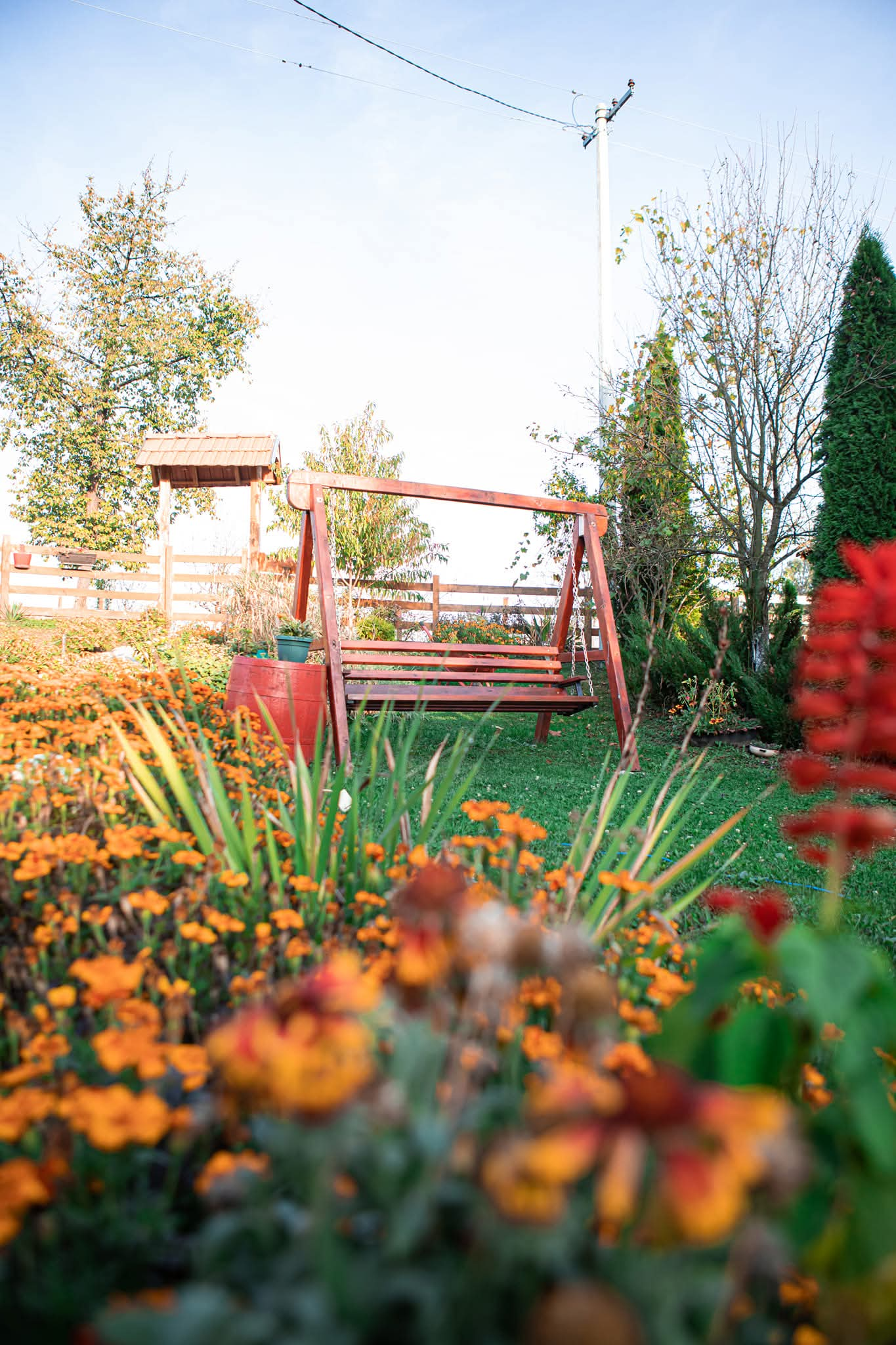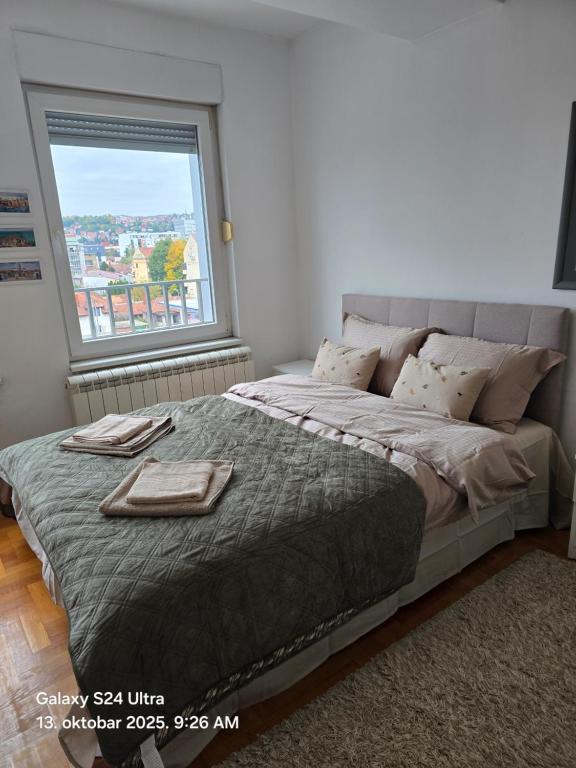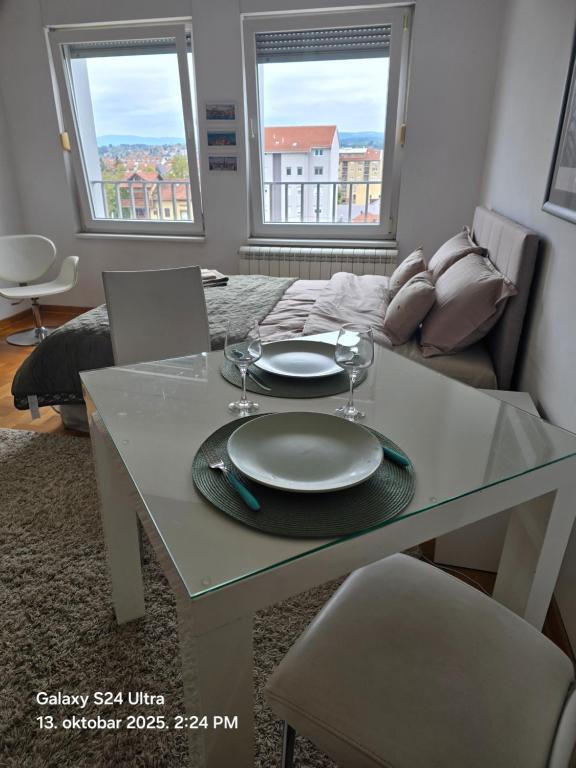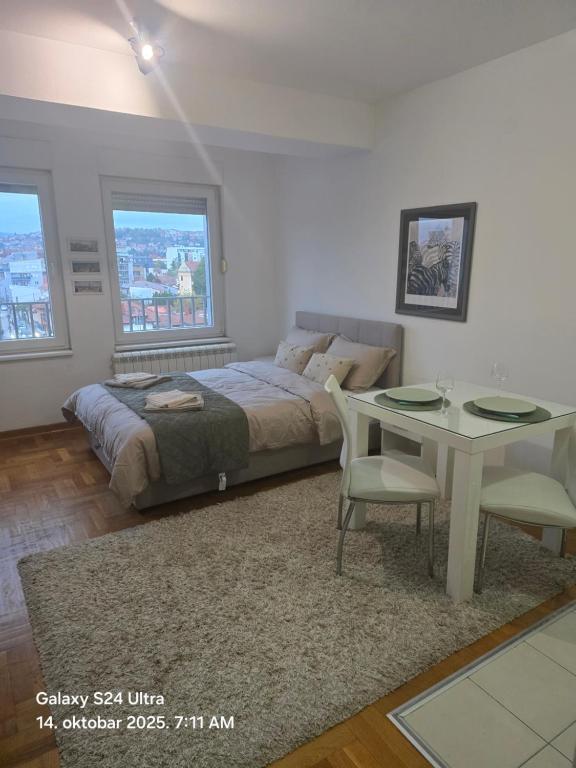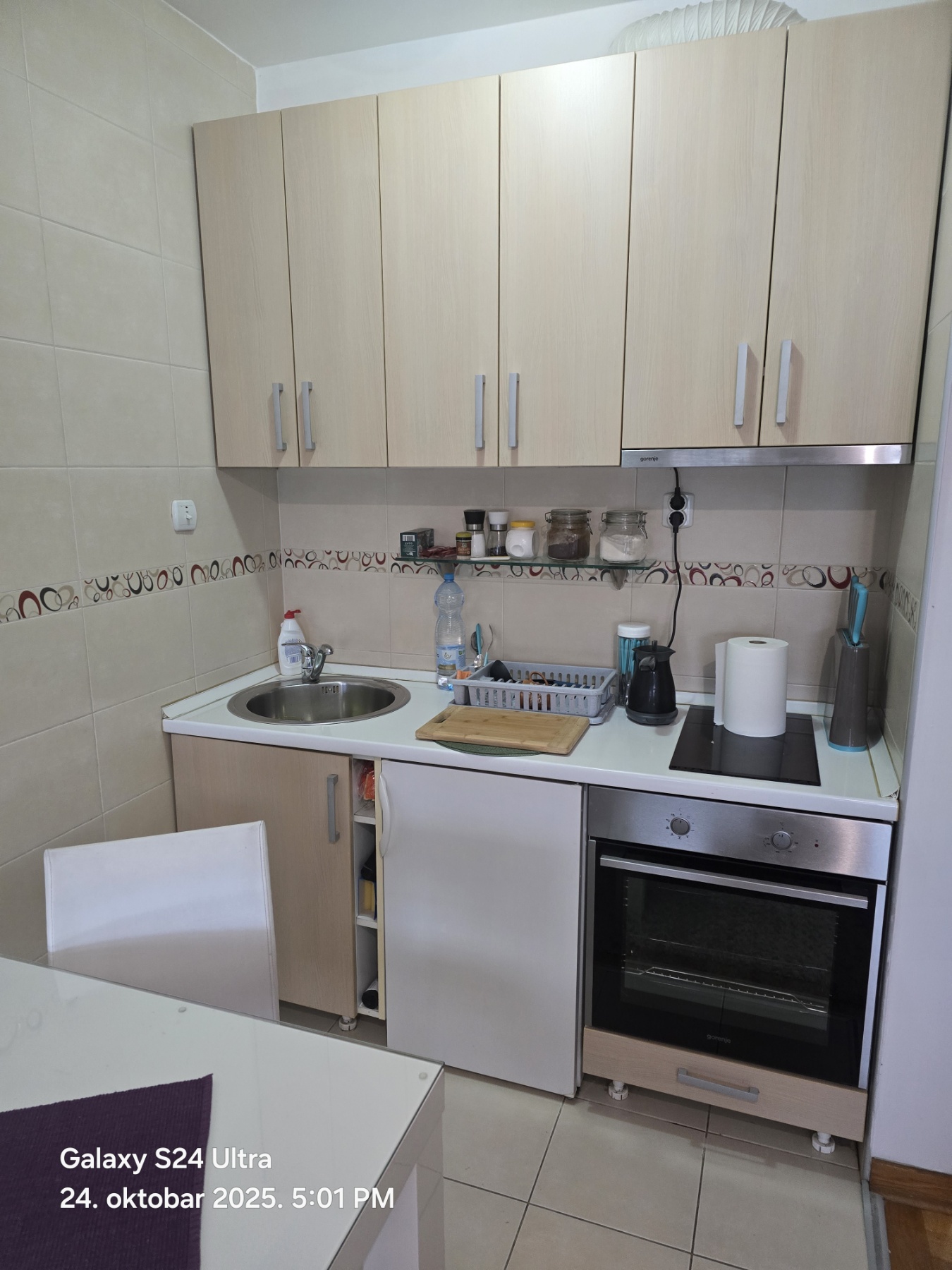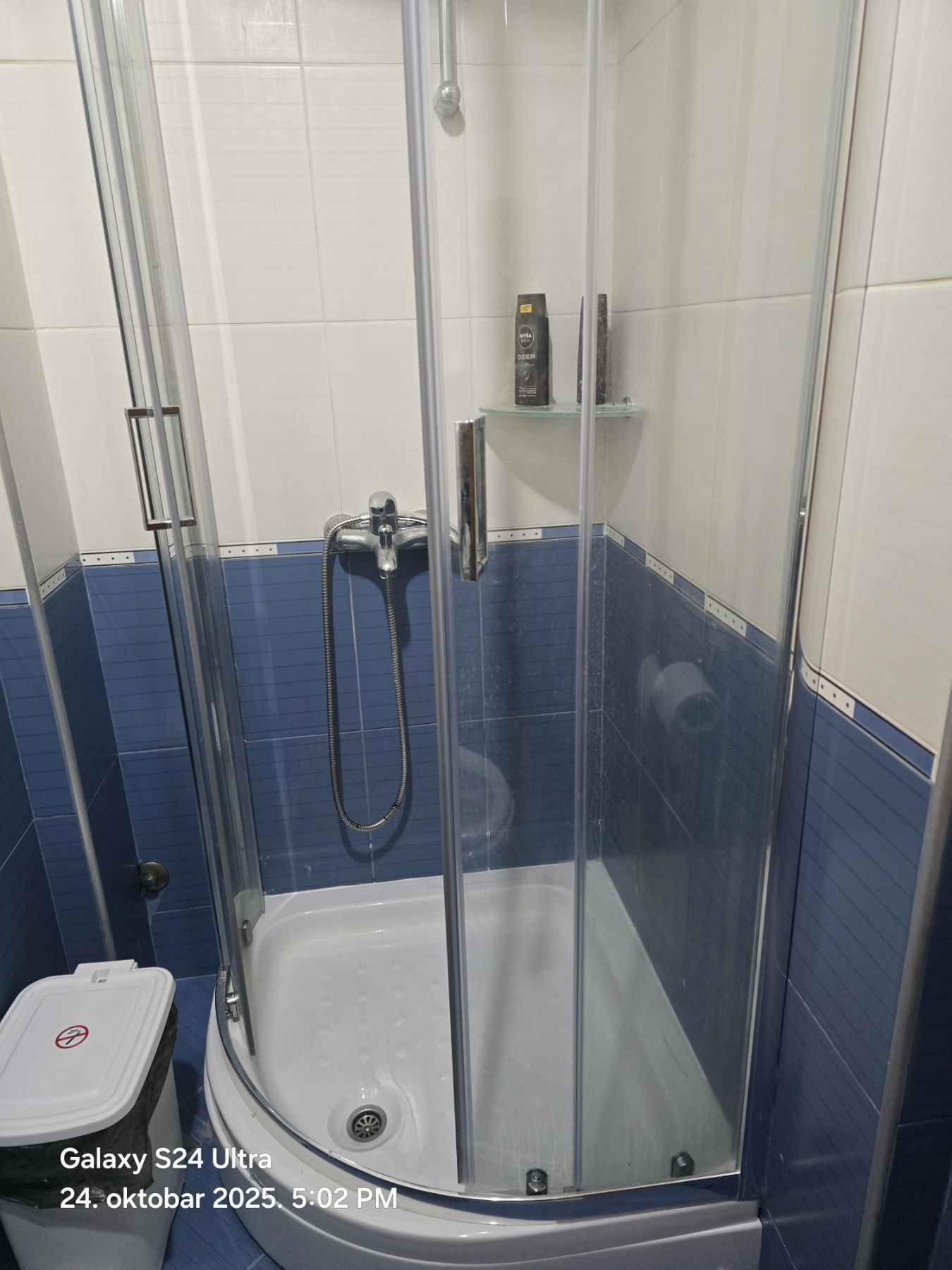Manastir Pustinja
Share this attraction
Back

Manastir Pustinja
Valjevo
Pustinja Monastery - the most important information
This monastery of the Valjevo diocese of the Serbian Orthodox Church is located in the hamlet of Vujinovac, about 10 kilometers outside the village of Pocuta near Valjevo. It will greet you at the entrance to the Desert Gorge carved by Jablanica in the northwestern slopes of Jablanik. It is hidden in the dense forests of the mountains Orlovaca and Bela stena, and it is necessary to walk 3 kilometers from the nearest settlement. Due to the nature of its location, it was hidden and unexplored for a long time, and the record of the poet Desanka Maksimovic, in which she talks about its beauty and holiness, inspired many to visit it. Turn a visit to the Pustinja Monastery into a trip and be sure to visit it when you are in this part of Serbia.
History of the Pustinja Monastery
The monastery was built in the time of King Dragutin and there is a presumption that he is also its founder. It was built on the foundations of a former church that dates back to the 11th century. It is mentioned in Turkish writings from 1572 and it has been established that the monastery church, which has retained its appearance to this day, was renovated or built in the first half of the 17th century. That church is dedicated to the Presentation of the Most Holy Mother of God. In the 50s, the monastery became a nunnery. The terrain around the church and the fact that the road to Pocut was not asphalted until 1962 prevented the destruction of the monastery complex during the war crises that hit Serbia.
It was built in the Raska style, from hard stone and hewn whitewash. Its specificity is reflected in the extremely spacious nave. It also contains a dome and is built so that it tends to expand in height rather than in width. A two-storey bell tower rises above the narthex, which was later built next to the church. Conservation and restoration works carried out in the 1970s managed to almost completely restore the appearance of the building itself and its frescoes. The iconostasis and frescoes inside the church were created thanks to the abbot Janicije Bitojevic, and icons from 1622 and 1840 have been preserved to this day. It is important to emphasize that this monastery stands out because part of its exterior is also painted. Today, the head of the monastery is Abbess Nina, with whom two nuns live in the monastery. It is still not sufficiently researched or much visited, and the main reason for that is the inconvenient location.
Significance of the Pustinja monastery
History of the Pustinja Monastery
The monastery was built in the time of King Dragutin and there is a presumption that he is also its founder. It was built on the foundations of a former church that dates back to the 11th century. It is mentioned in Turkish writings from 1572 and it has been established that the monastery church, which has retained its appearance to this day, was renovated or built in the first half of the 17th century. That church is dedicated to the Presentation of the Most Holy Mother of God. In the 50s, the monastery became a nunnery. The terrain around the church and the fact that the road to Pocut was not asphalted until 1962 prevented the destruction of the monastery complex during the war crises that hit Serbia.
It was built in the Raska style, from hard stone and hewn whitewash. Its specificity is reflected in the extremely spacious nave. It also contains a dome and is built so that it tends to expand in height rather than in width. A two-storey bell tower rises above the narthex, which was later built next to the church. Conservation and restoration works carried out in the 1970s managed to almost completely restore the appearance of the building itself and its frescoes. The iconostasis and frescoes inside the church were created thanks to the abbot Janicije Bitojevic, and icons from 1622 and 1840 have been preserved to this day. It is important to emphasize that this monastery stands out because part of its exterior is also painted. Today, the head of the monastery is Abbess Nina, with whom two nuns live in the monastery. It is still not sufficiently researched or much visited, and the main reason for that is the inconvenient location.
Significance of the Pustinja monastery
- The monastery has been declared a cultural monument of great importance.
- The frescoes that adorn the monastery are the work of famous church artists Nikola and Jovan and are among the best preserved frescoes in Serbia, which tell the spiritual story of the monastery with their style; The masonry iconostasis of the monastery is a real rarity.
- Within the monastery complex there are graves of former elders of the monastery, as well as a cemetery with 26 graves in which its former members rest.
What to see
The monastery complex is meticulously decorated and the walk to it is a real pleasure. There are two water sources in its immediate vicinity. Mlakovac springs from the west side of the monastery gate and is considered to have healing properties, while the source of pure mountain water is conducted through a fountain at the very entrance. When you step into the monastery complex, be sure to visit:
The monastery complex is meticulously decorated and the walk to it is a real pleasure. There are two water sources in its immediate vicinity. Mlakovac springs from the west side of the monastery gate and is considered to have healing properties, while the source of pure mountain water is conducted through a fountain at the very entrance. When you step into the monastery complex, be sure to visit:
- Konak: it has a dining room and cells for nuns.
- Chapel dedicated to St. Basil of Ostrog
- A pine tree planted in 1848
- Iconostasis: frescoes are perhaps the most beautiful part of the monastery, especially the fresco of John the Baptist, Christ's entry into Jerusalem, Judas' betrayal.
How to get to the Pustinja monastery?
From Valjevo to the village of Pocuta you can go by car following the state road 170 and it will not take you more than 40 minutes. From the place where you park, you need to walk to the monastery. That path has signposts that are with you all the time on this untidy part of the road.
From Valjevo to the village of Pocuta you can go by car following the state road 170 and it will not take you more than 40 minutes. From the place where you park, you need to walk to the monastery. That path has signposts that are with you all the time on this untidy part of the road.
- By car: from the center of Valjevo, at the Halk bank branch in Dusanova join the state road 170, continue towards the Vidrak Memorial Park and follow the road along Kolubara and Jablanica below. This ride will take you through the towns of Rovni, Kunice, Sovac and Mijaci from where the monastery is not far
Additional information
To enter the church it is necessary to follow a specific dress code that includes covered shoulders and no short pants, skirts or dresses.
To enter the church it is necessary to follow a specific dress code that includes covered shoulders and no short pants, skirts or dresses.
Location
Learn more about this destination
Discover the beauty of the destination through blogs that highlight the most famous landmarks, hidden gems, and provide travel tips for visiting this destination. Embark on an adventure through the stories of experienced travelers.
